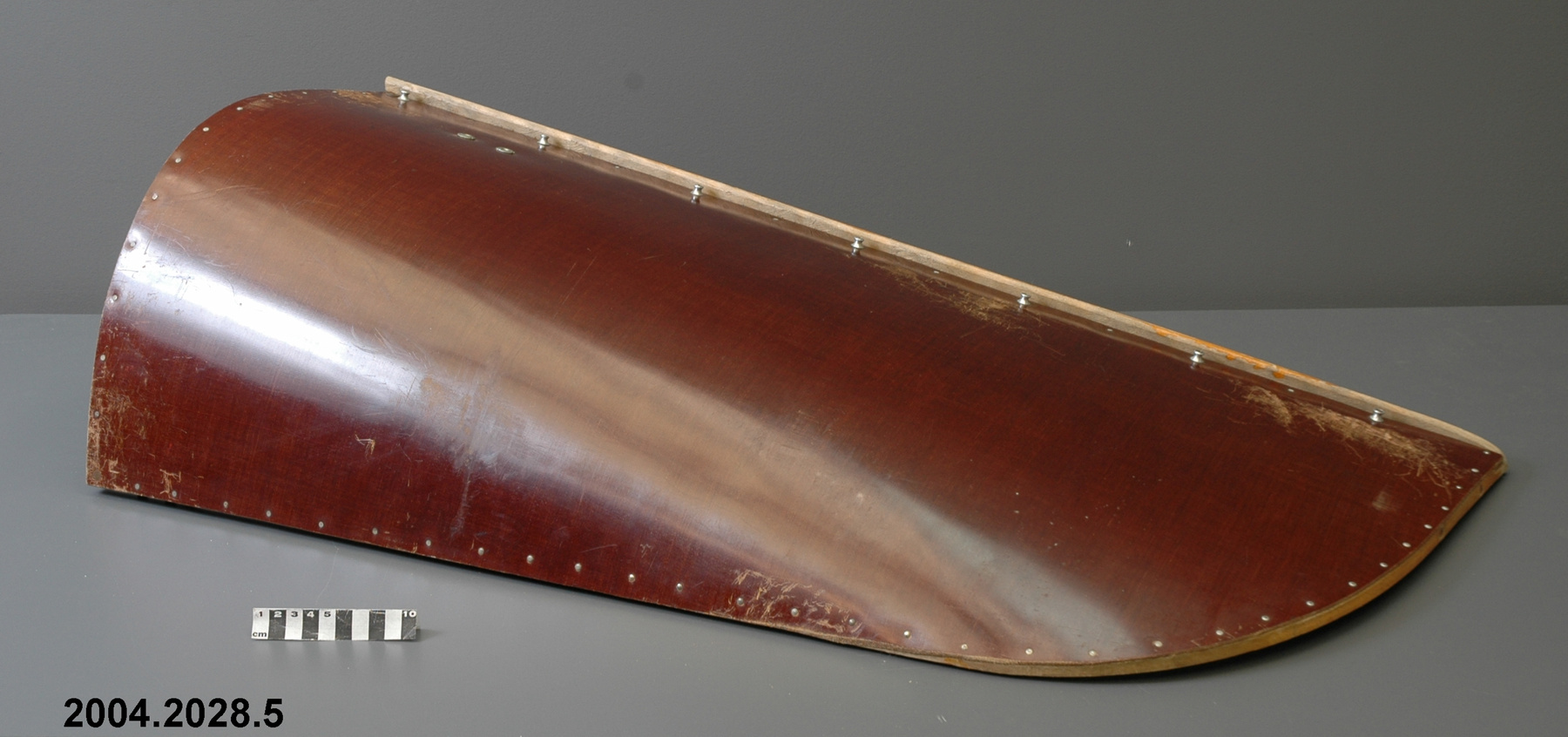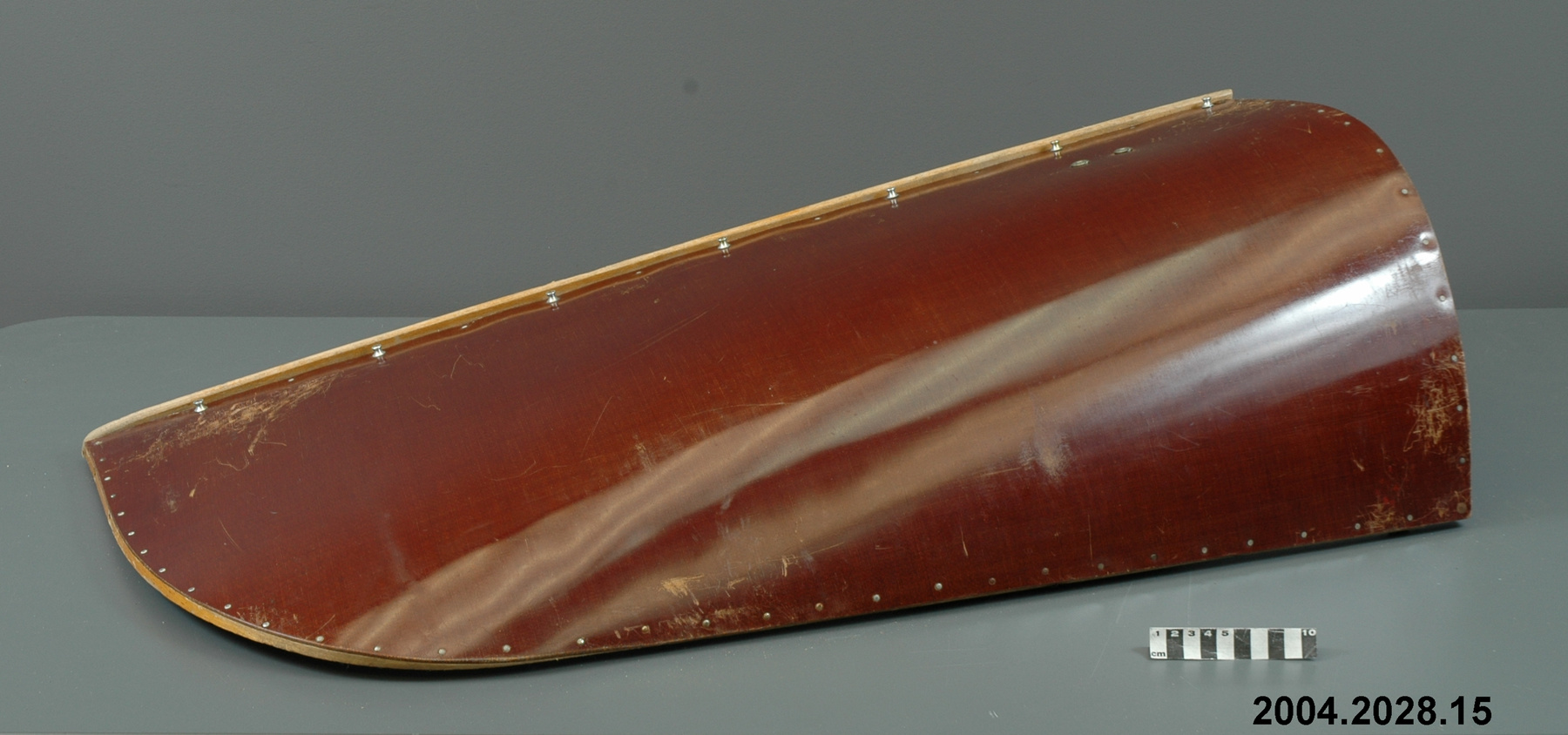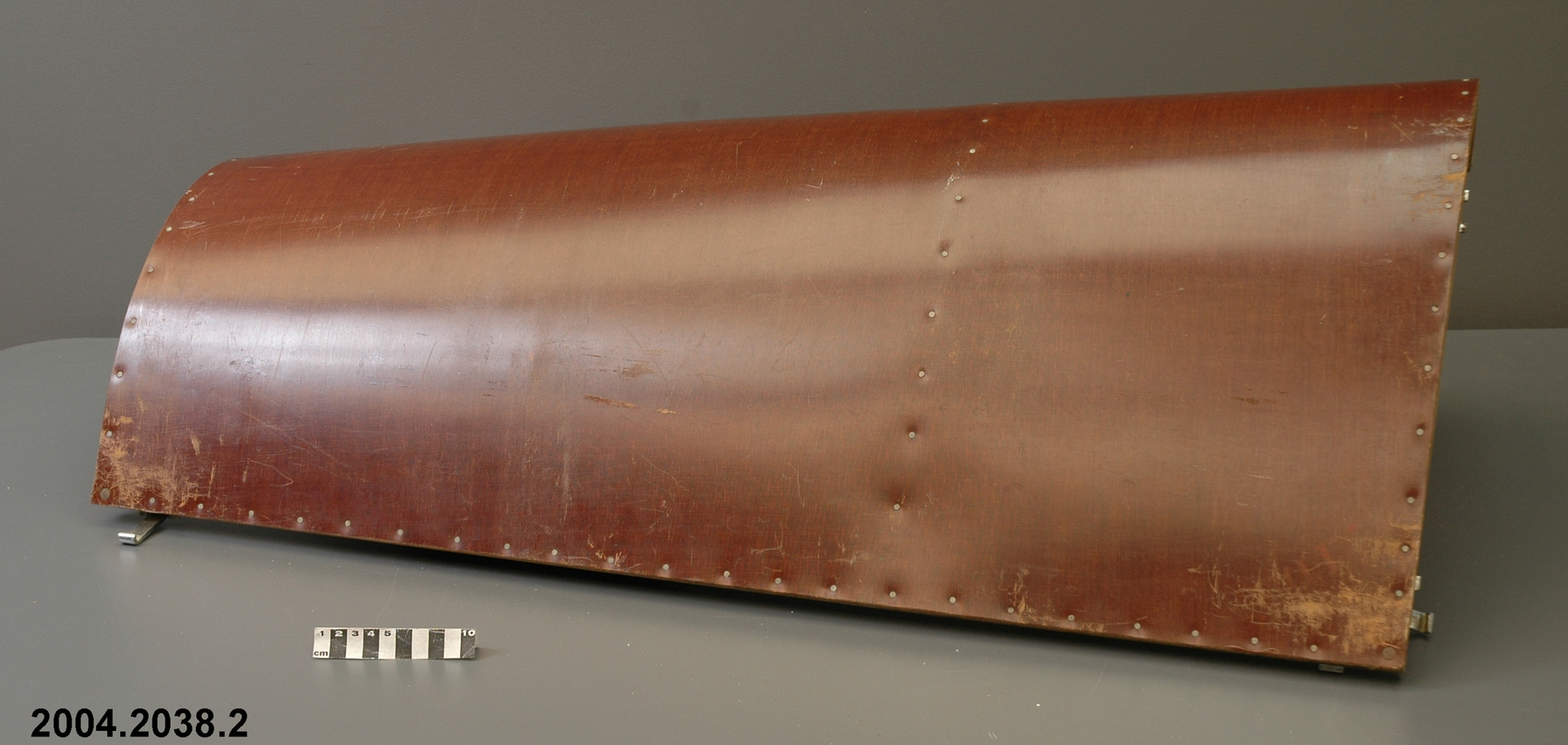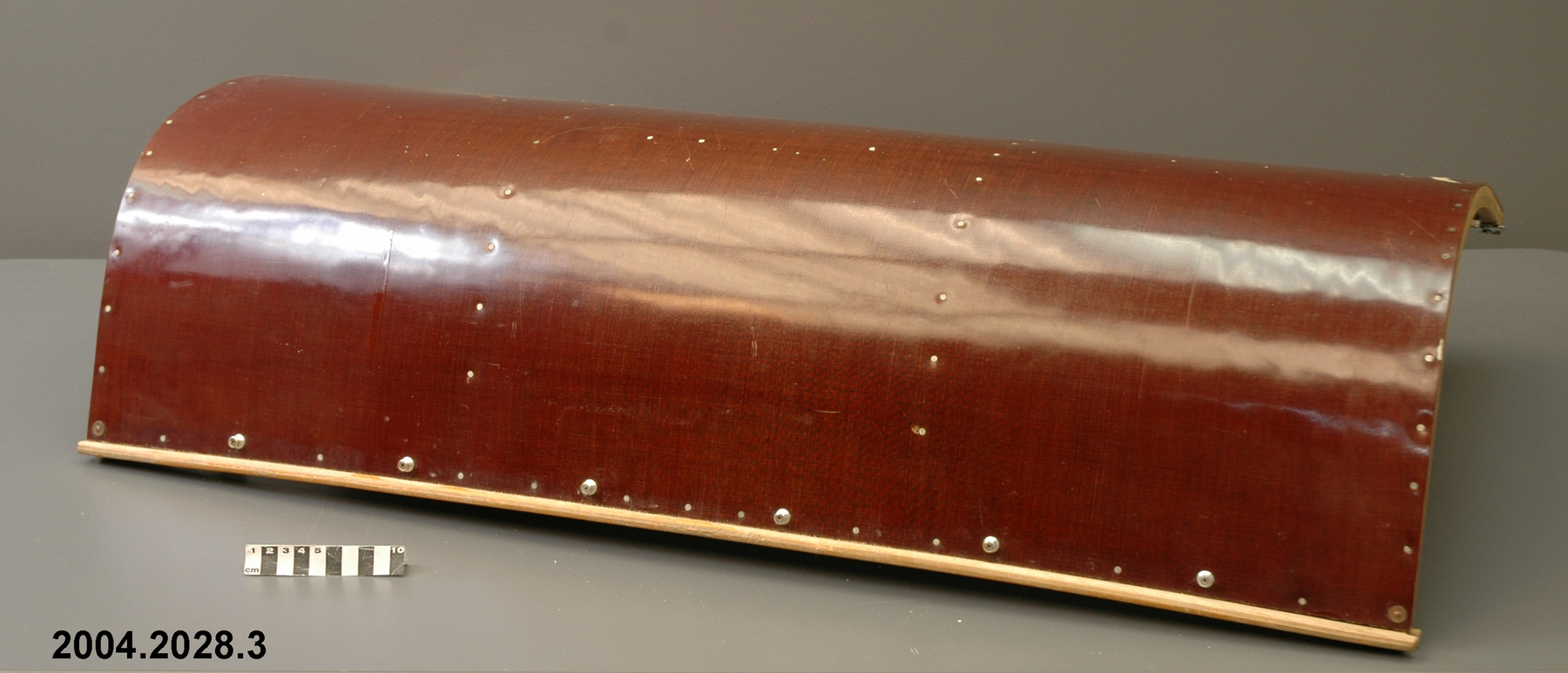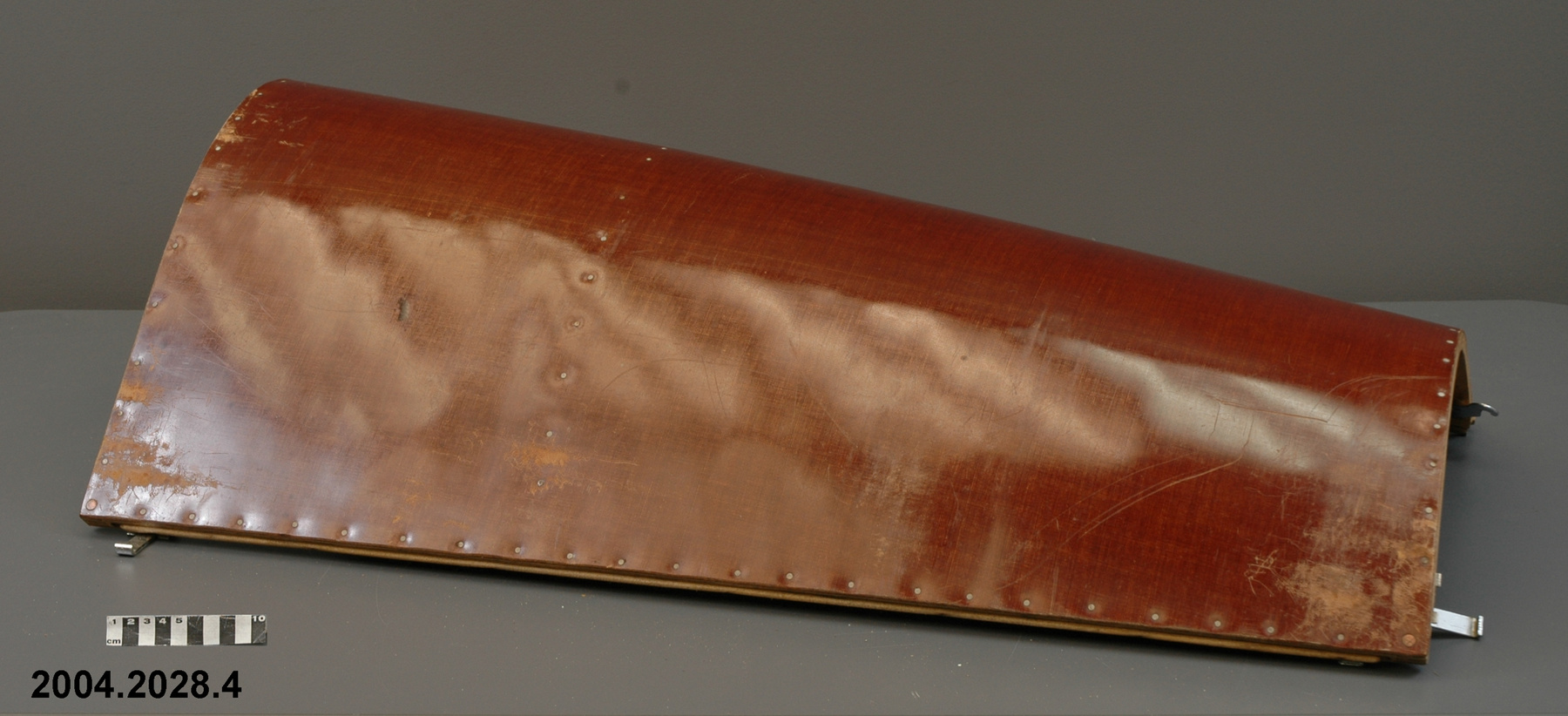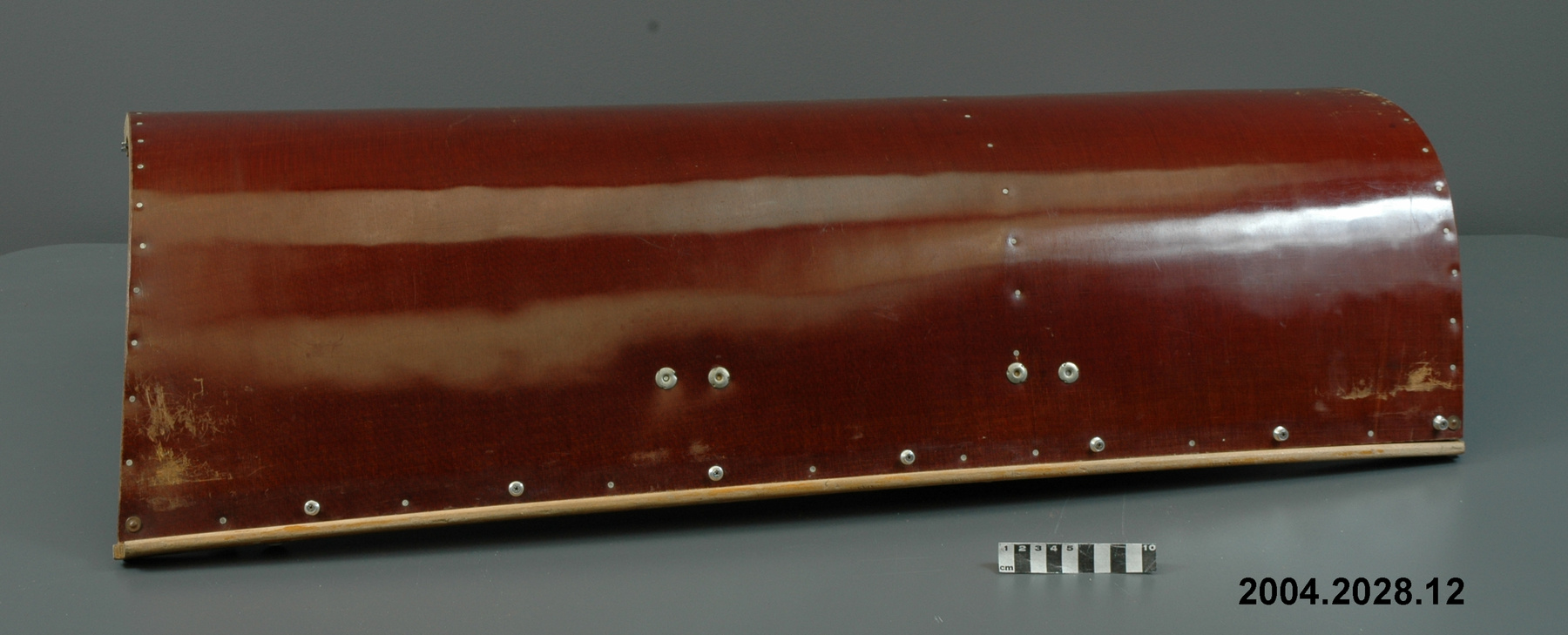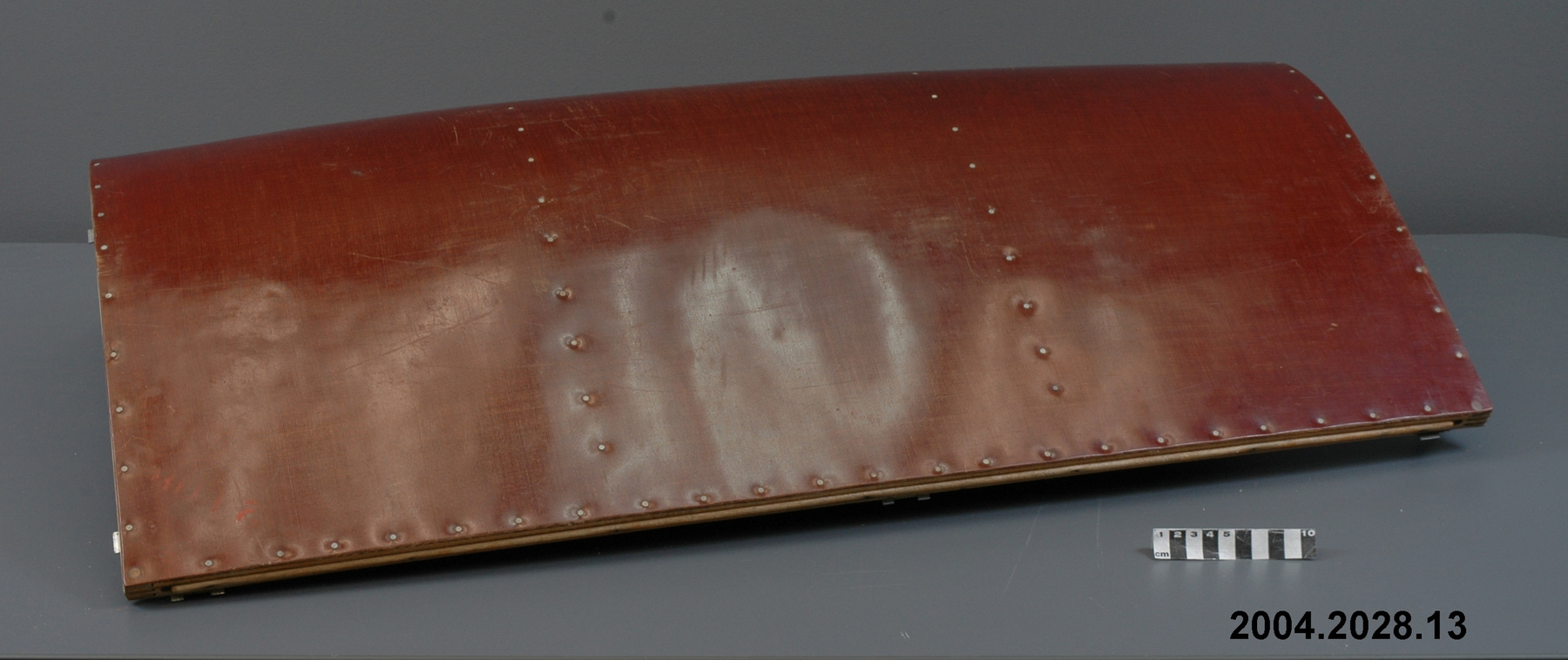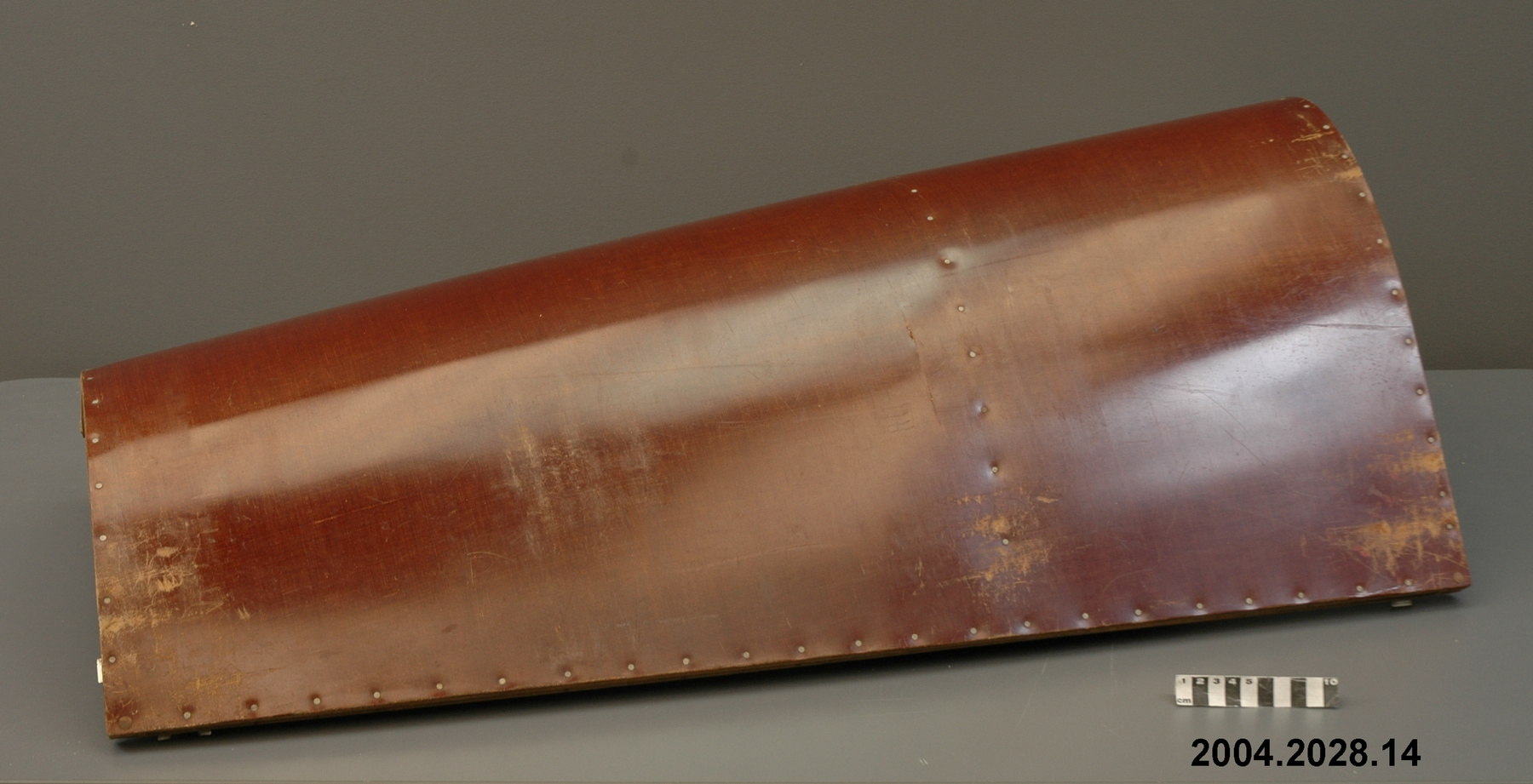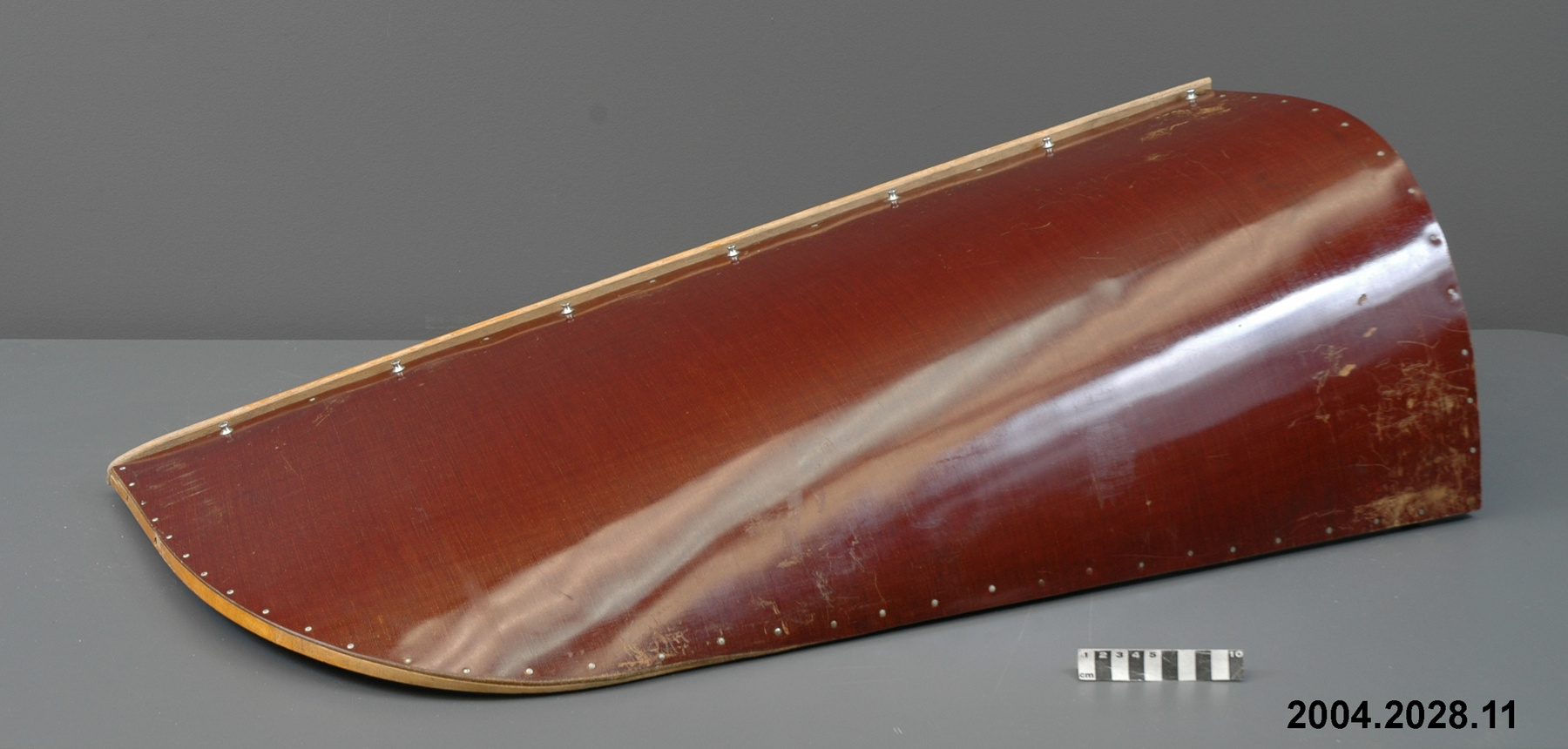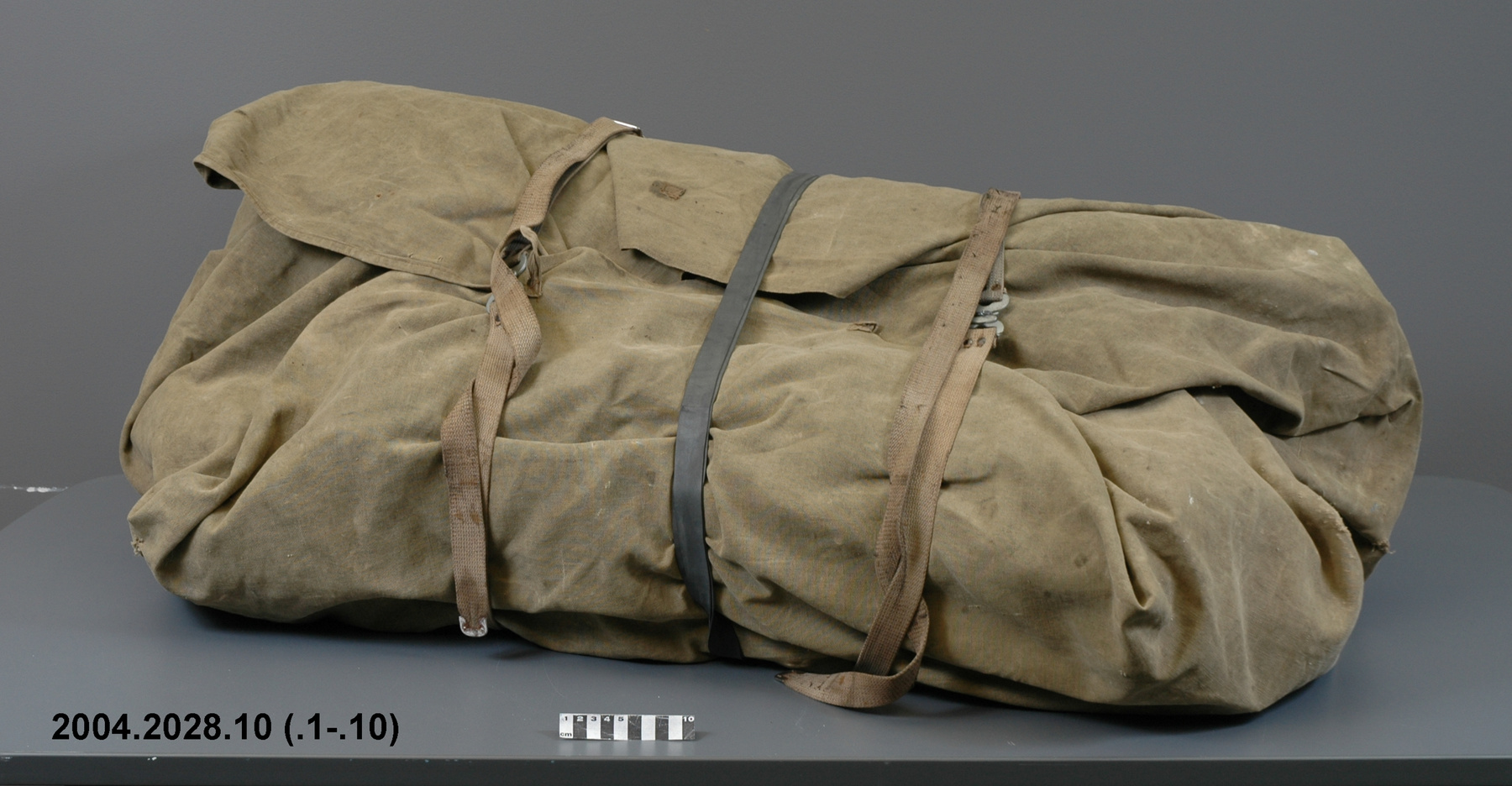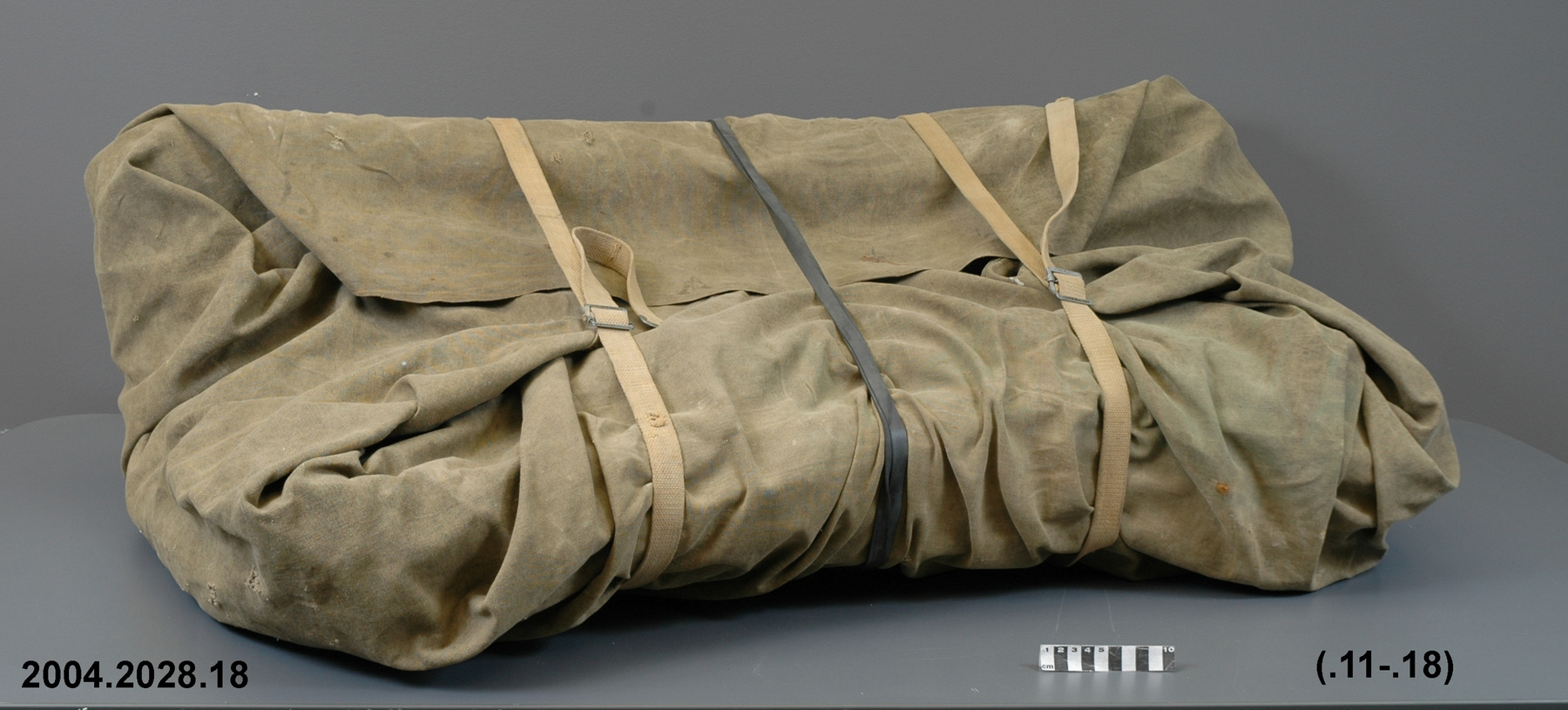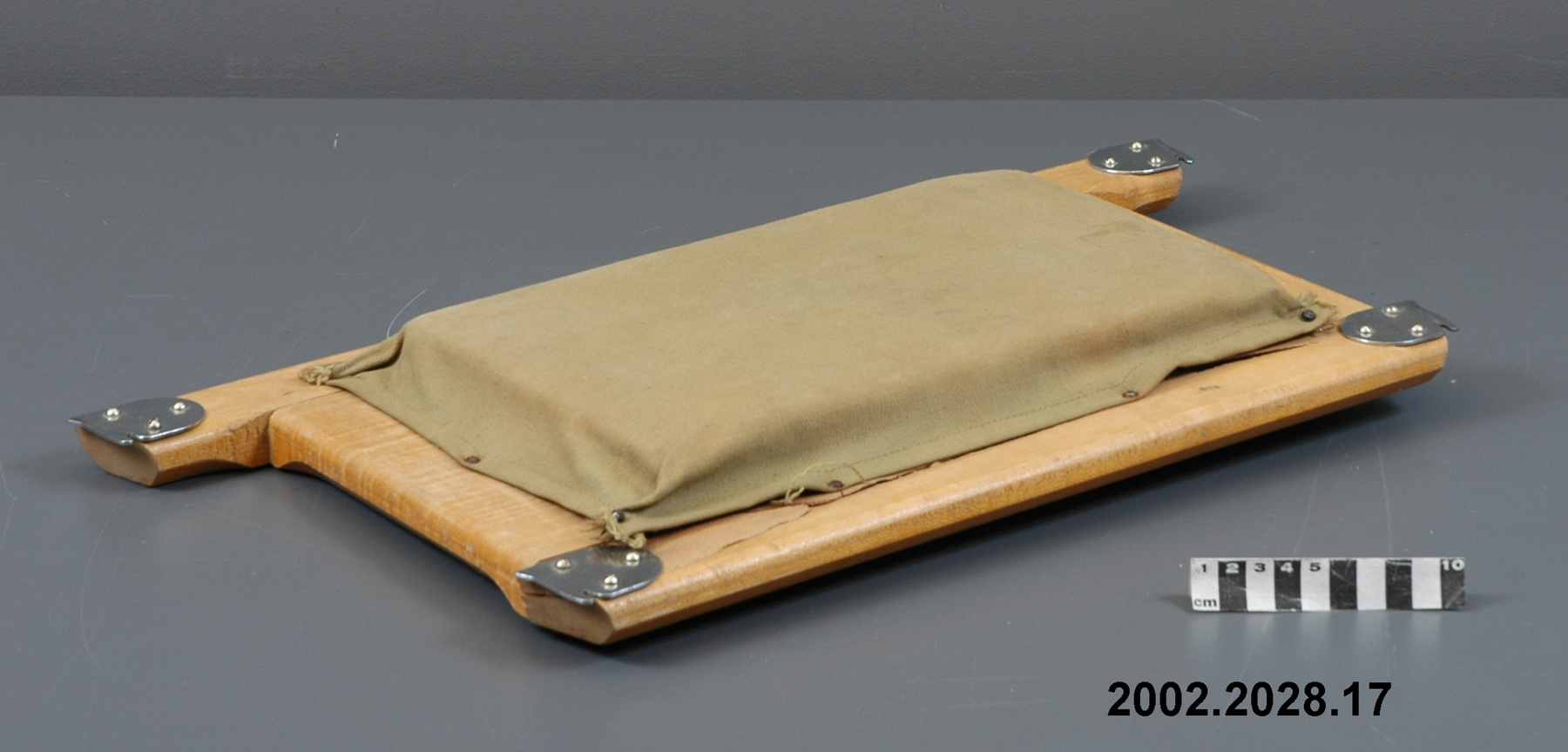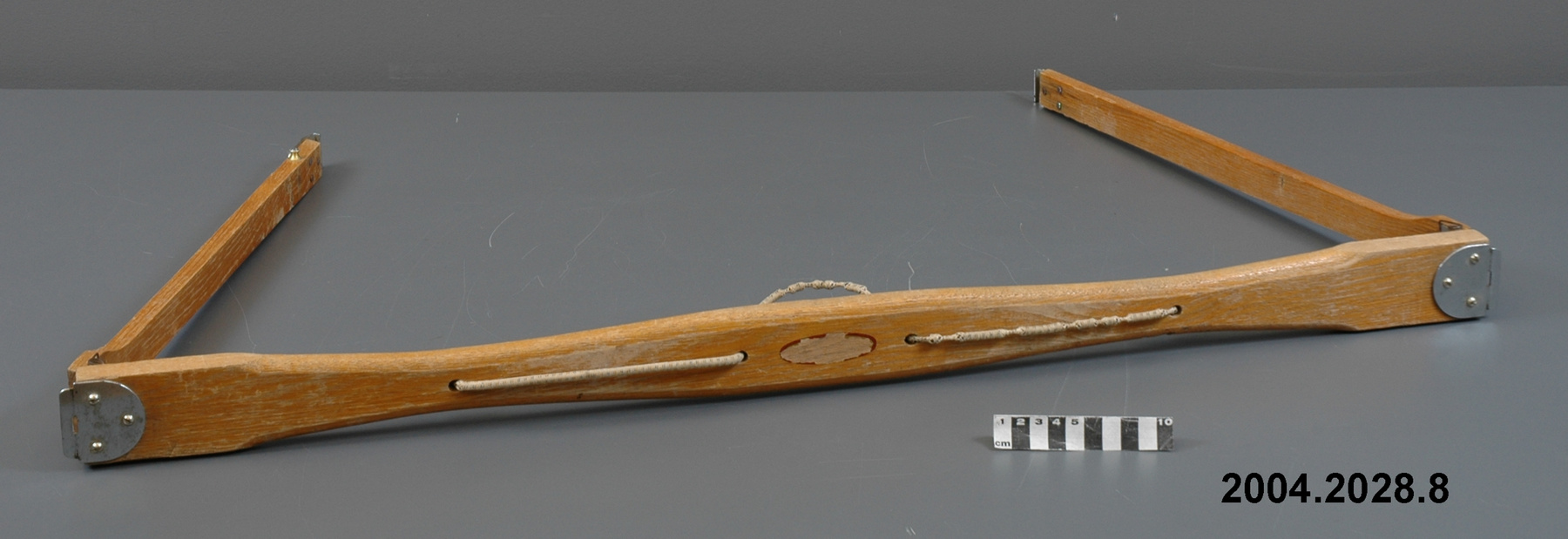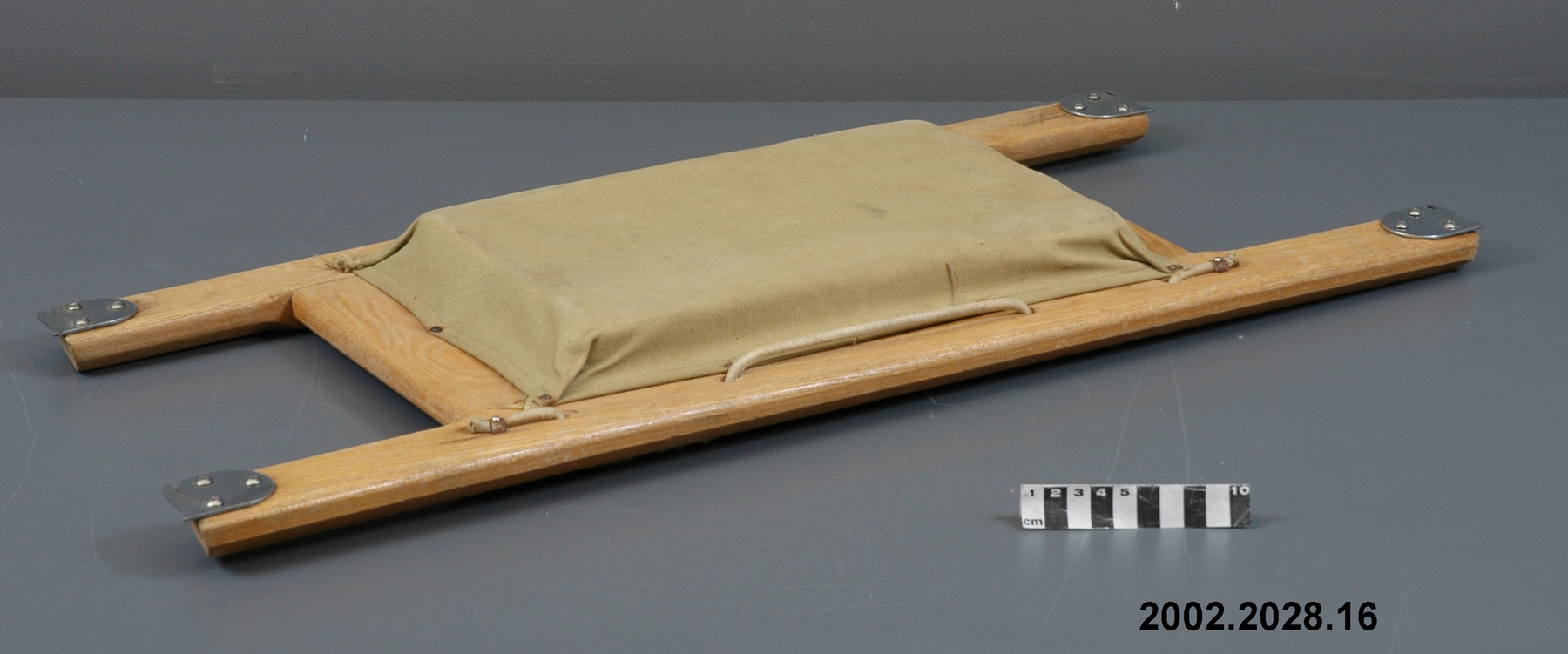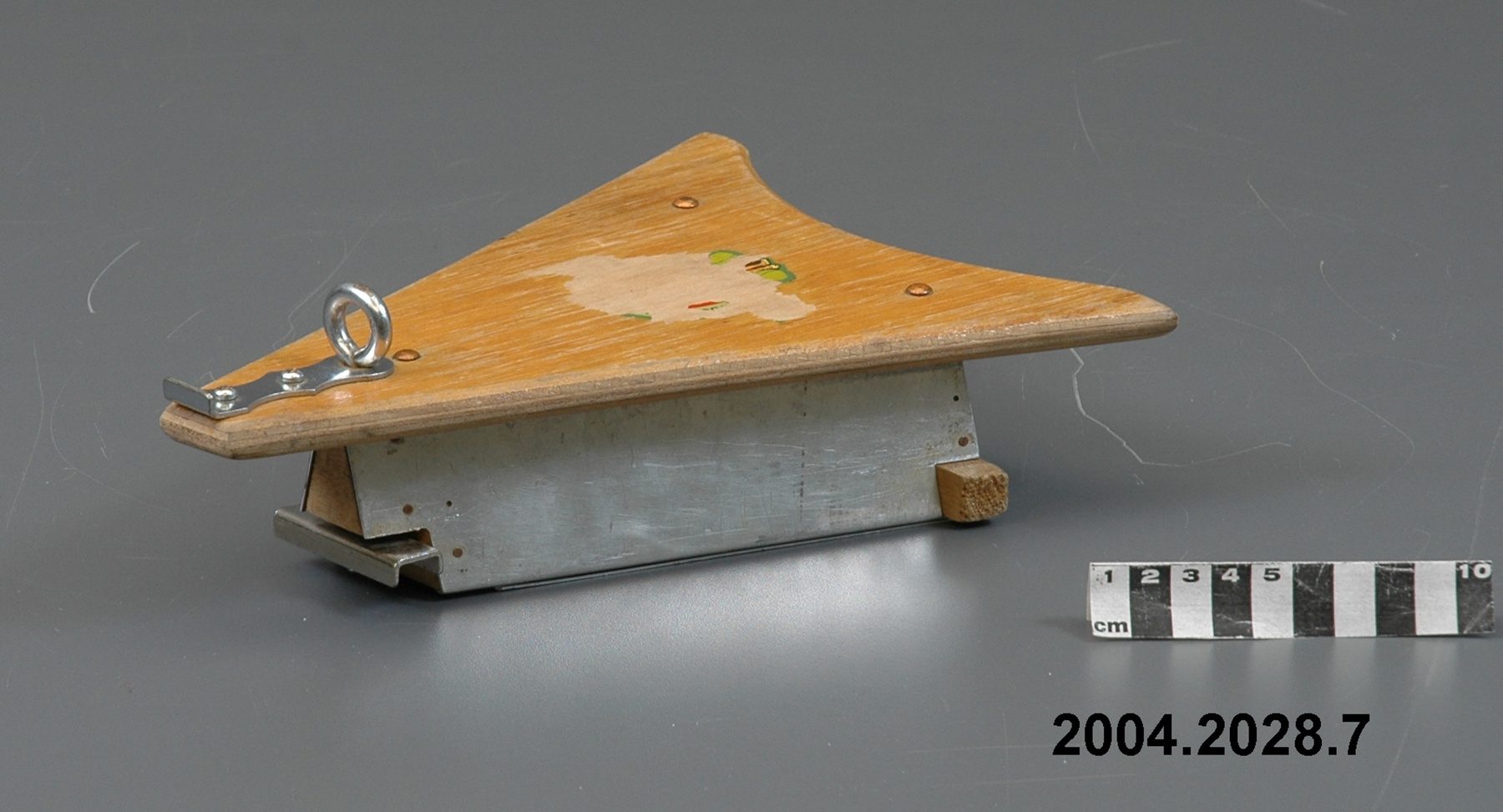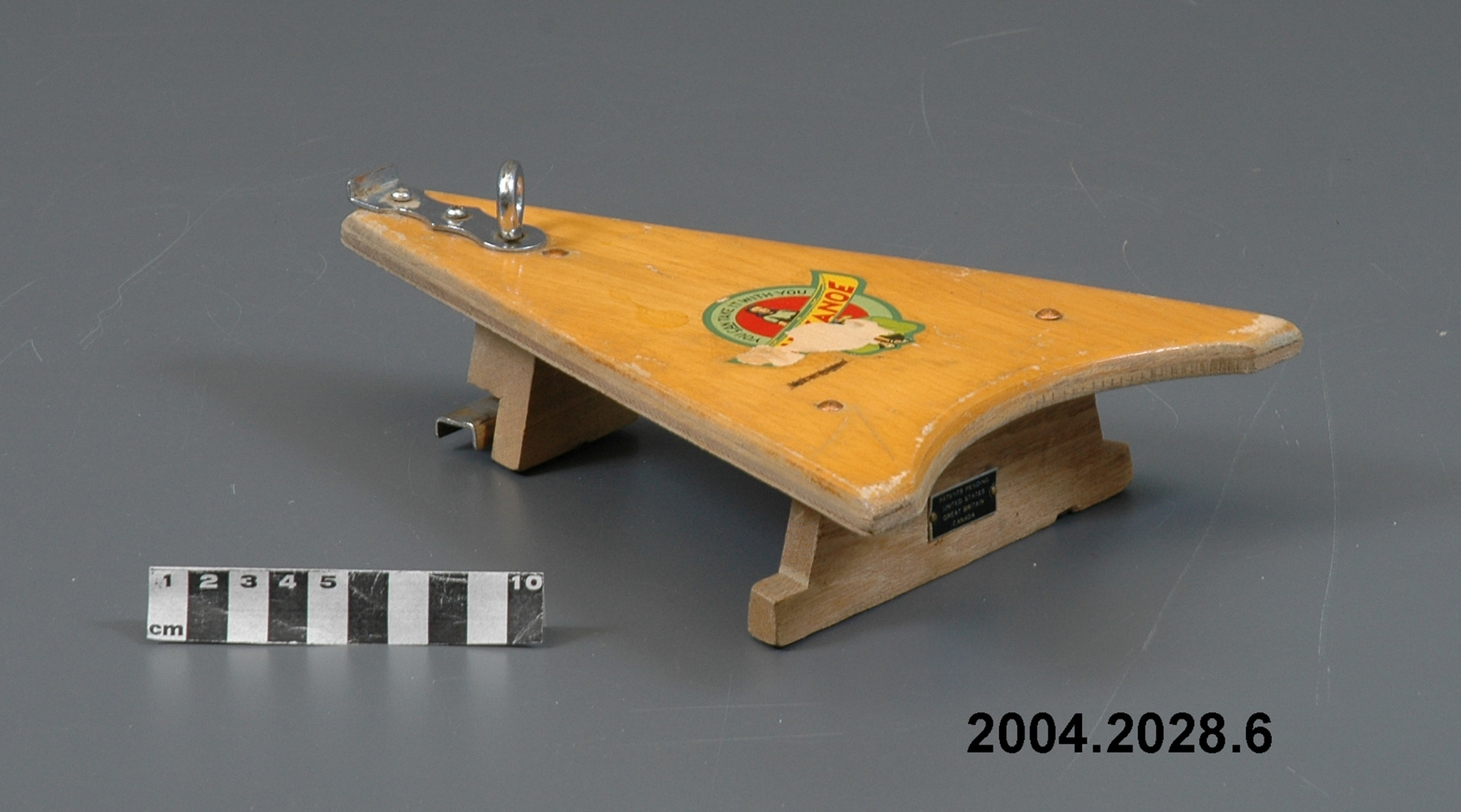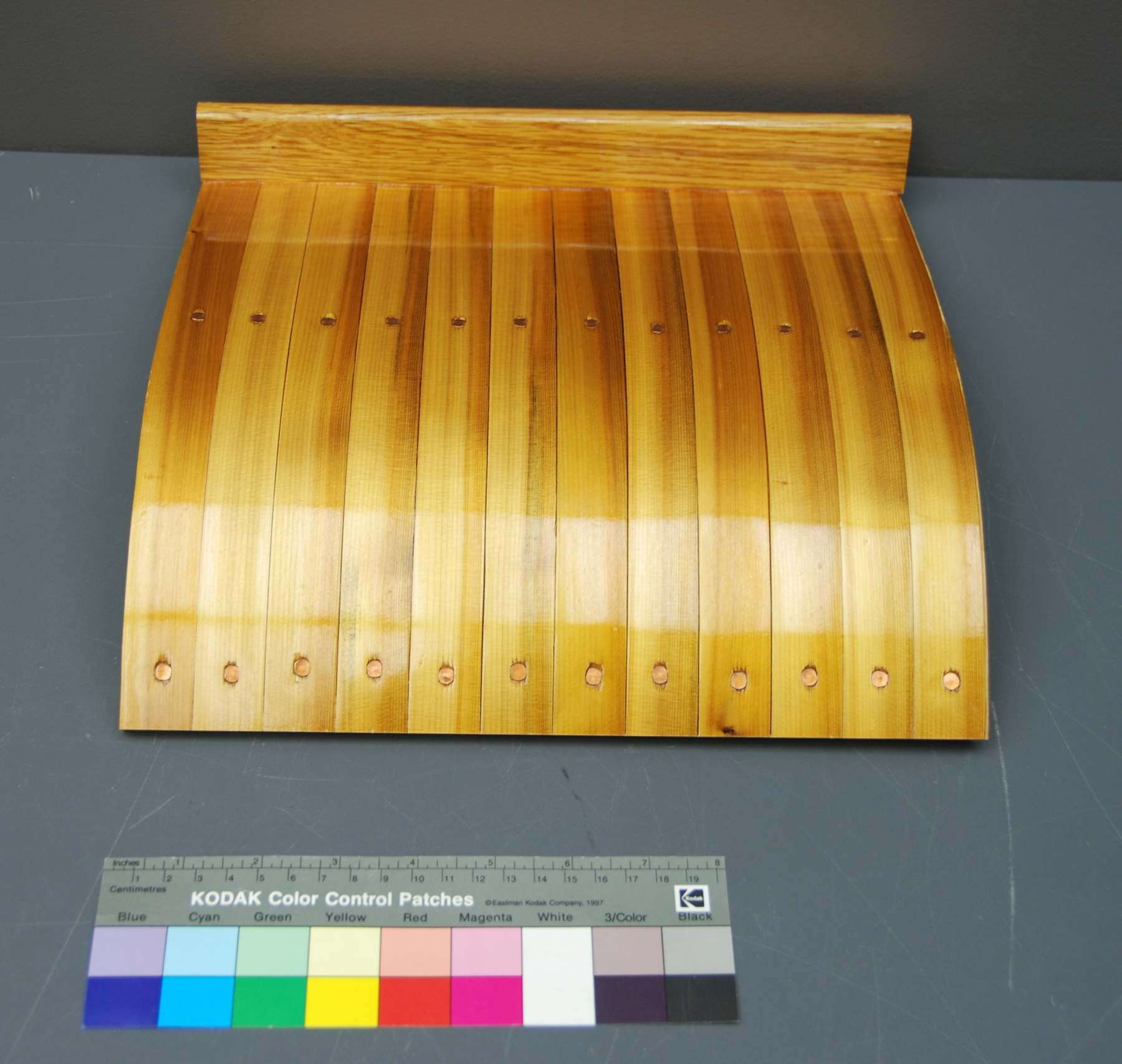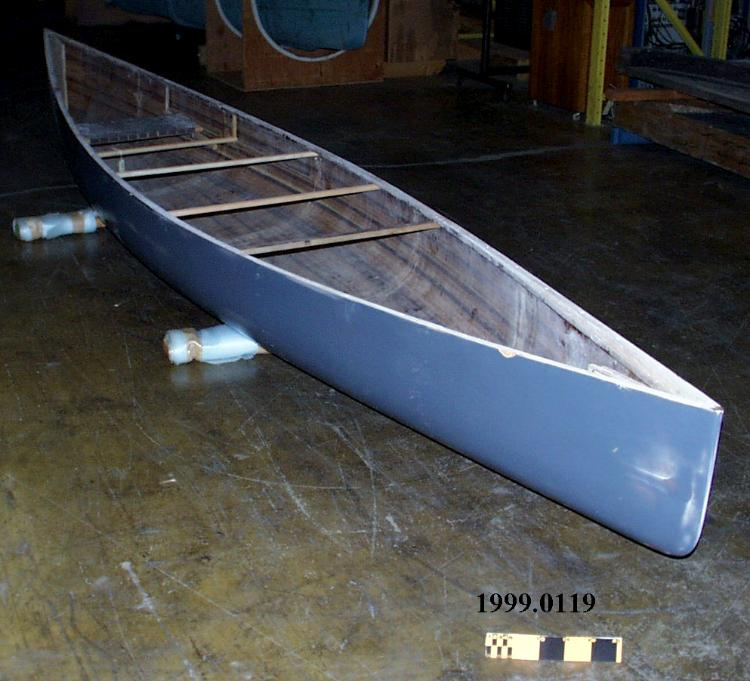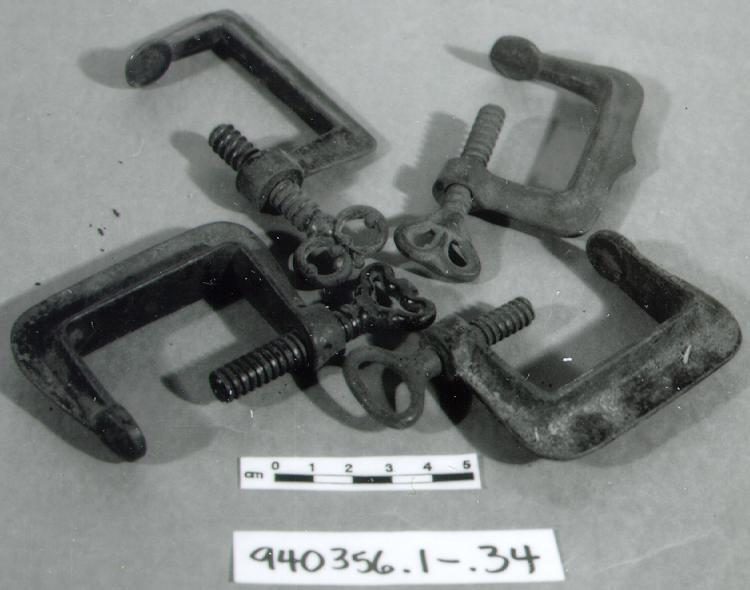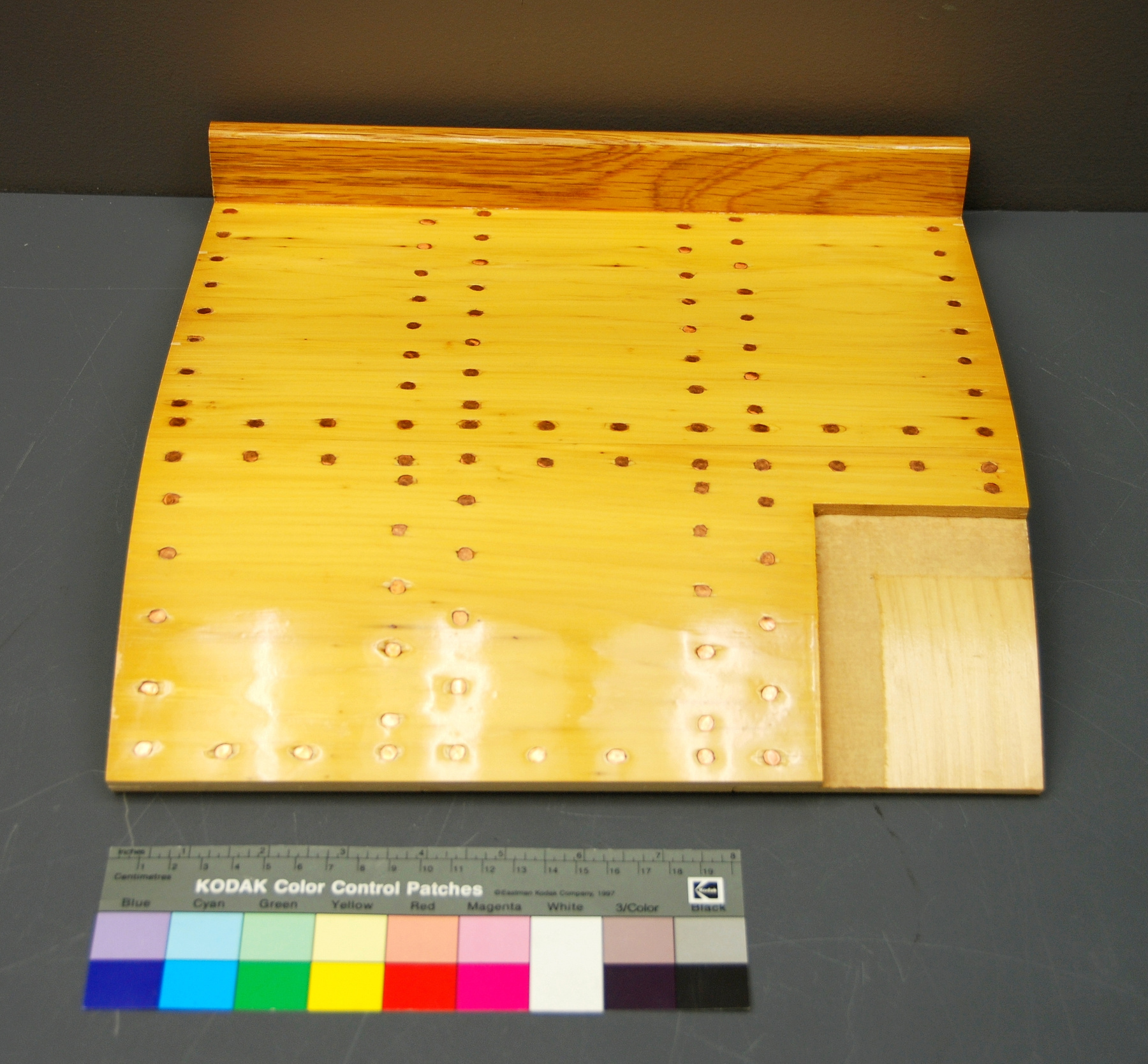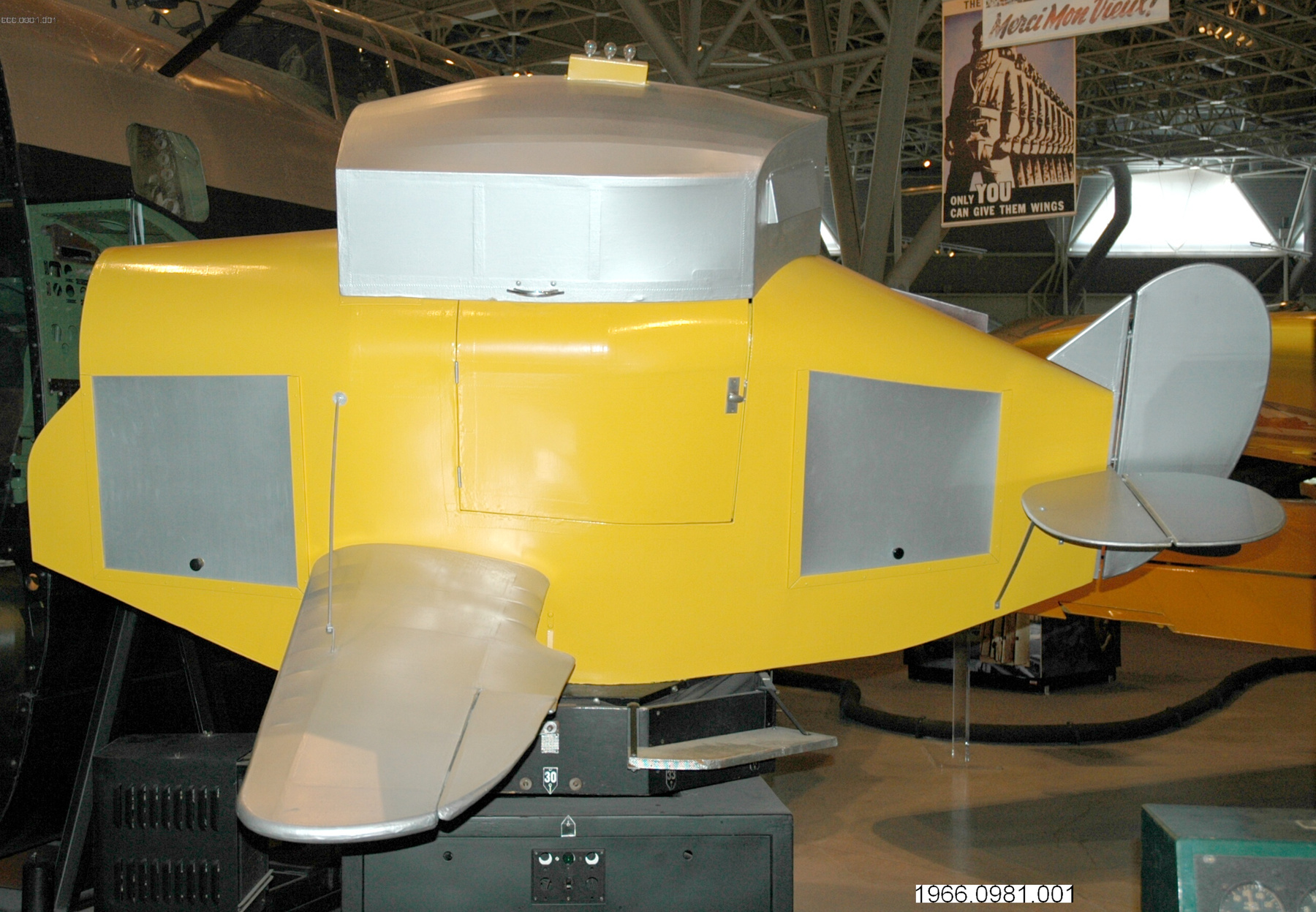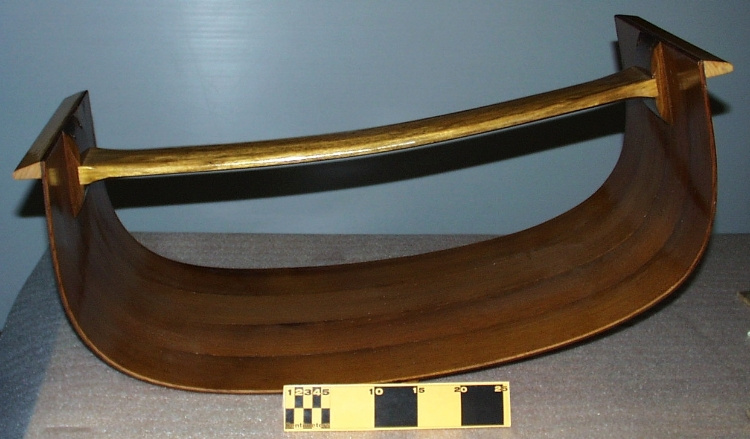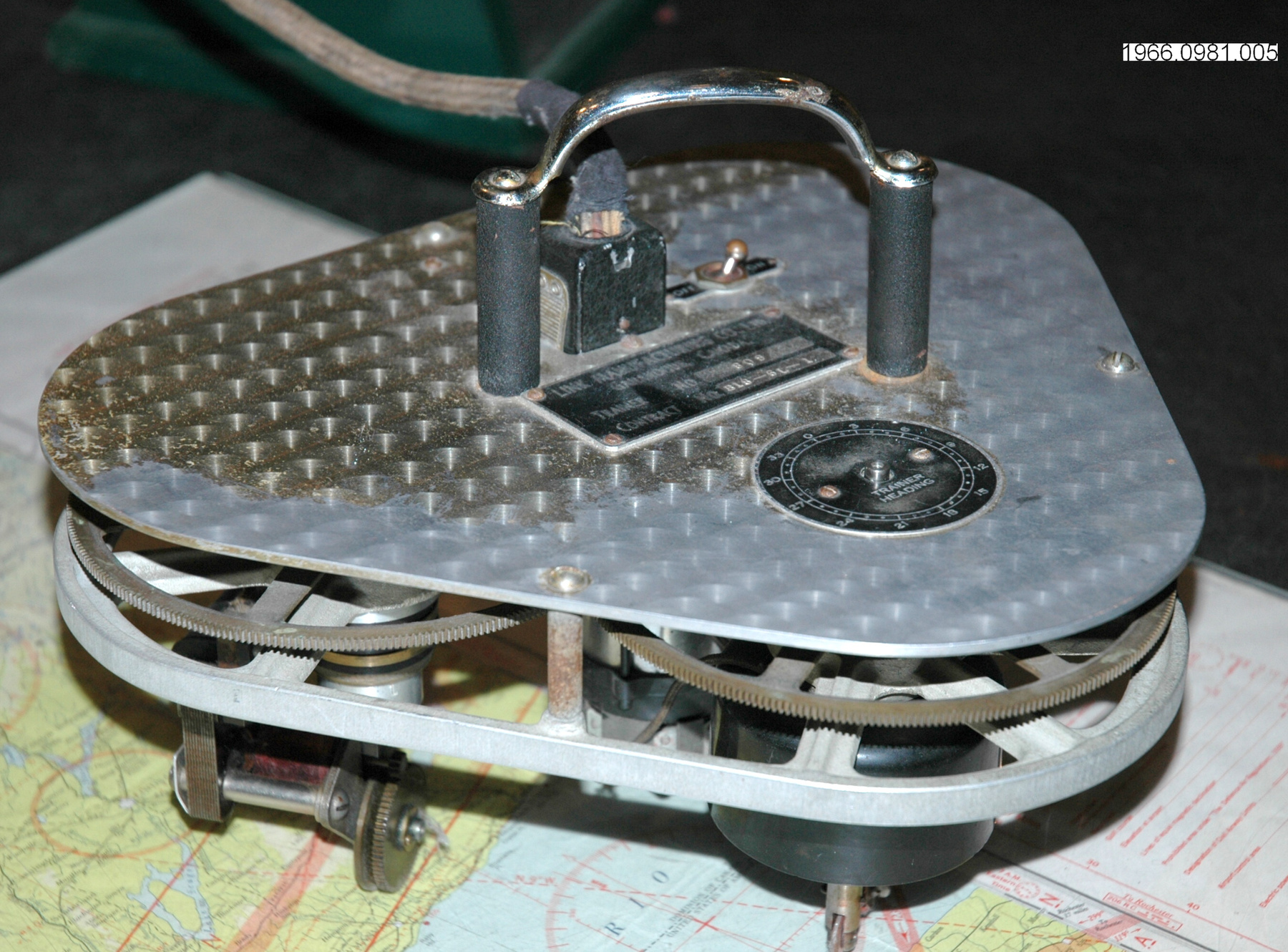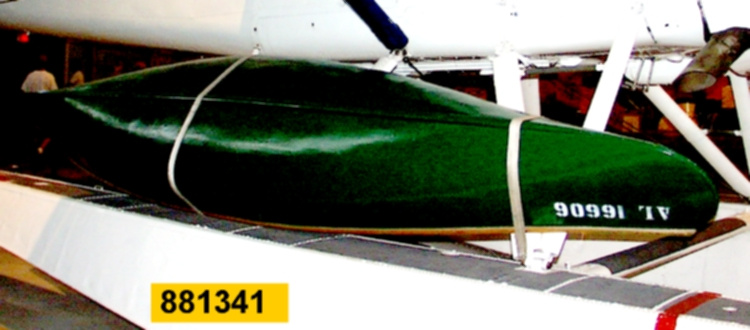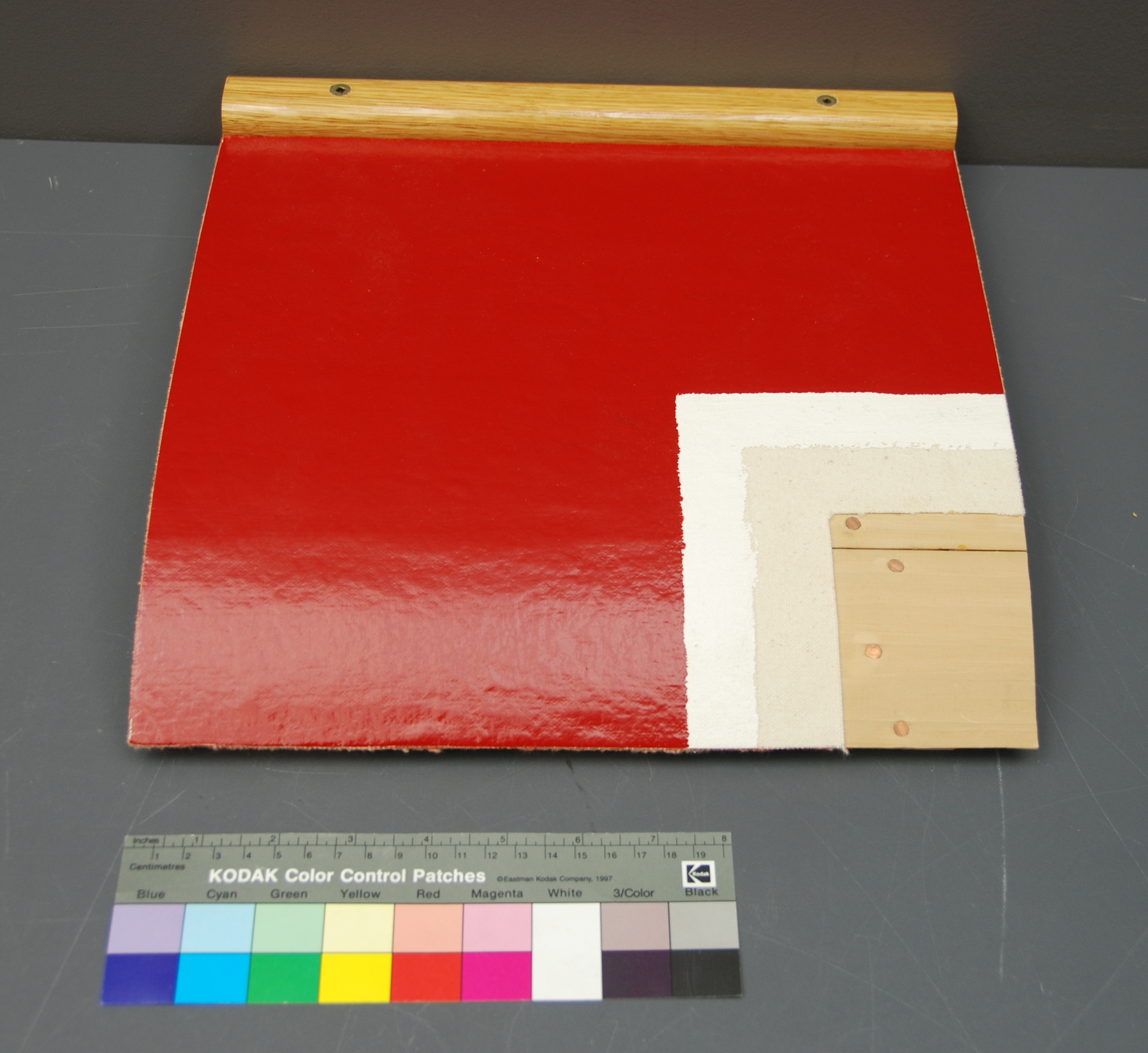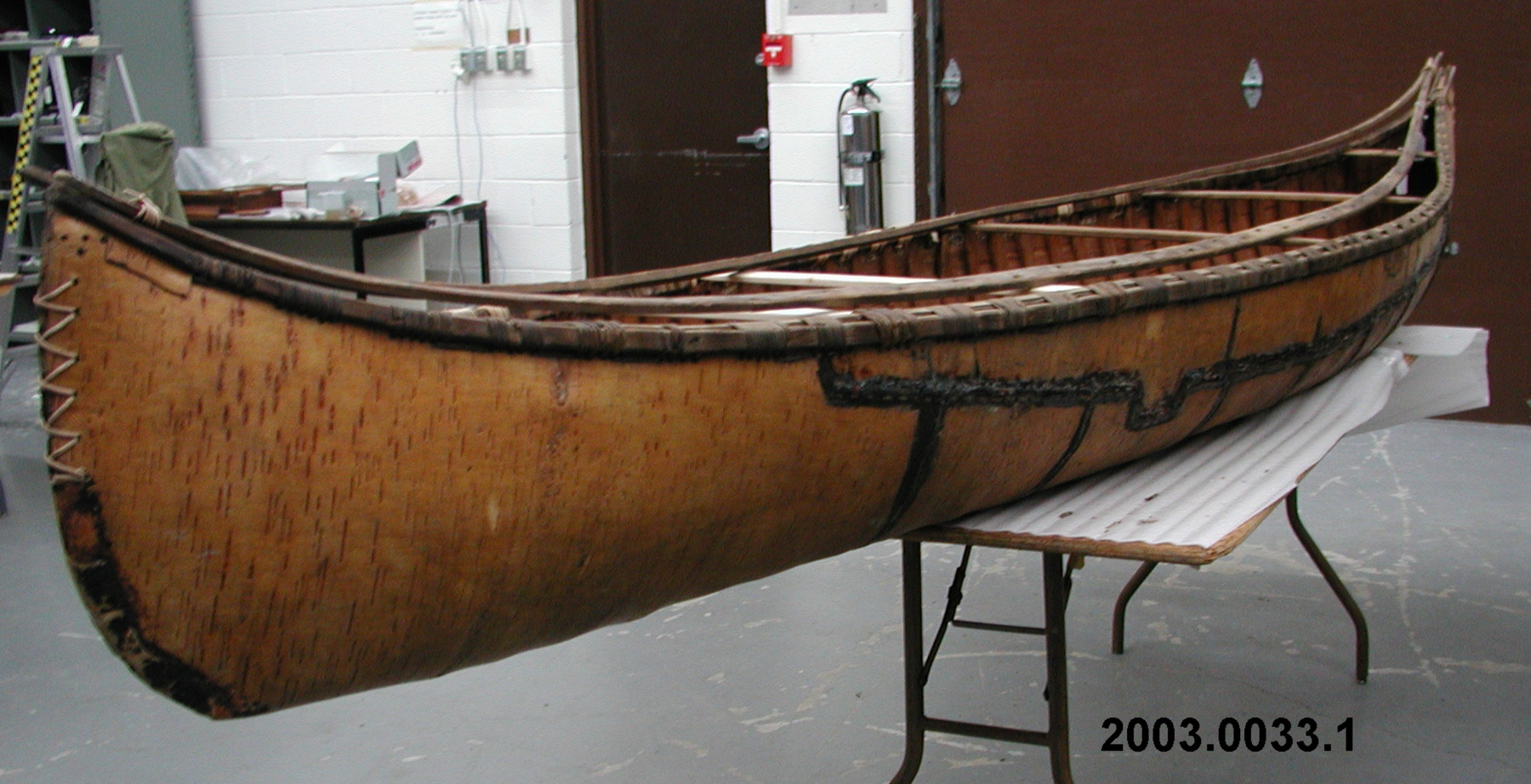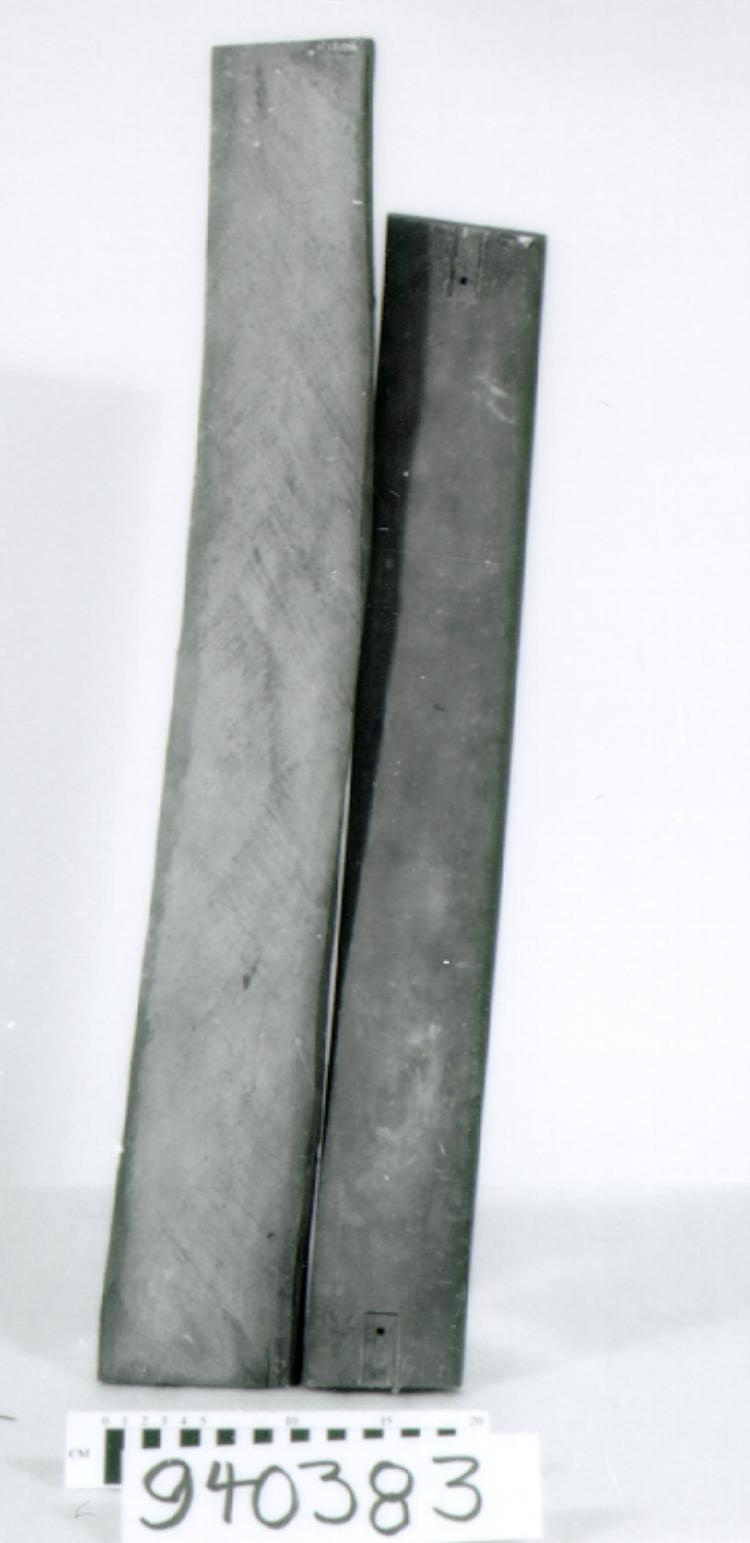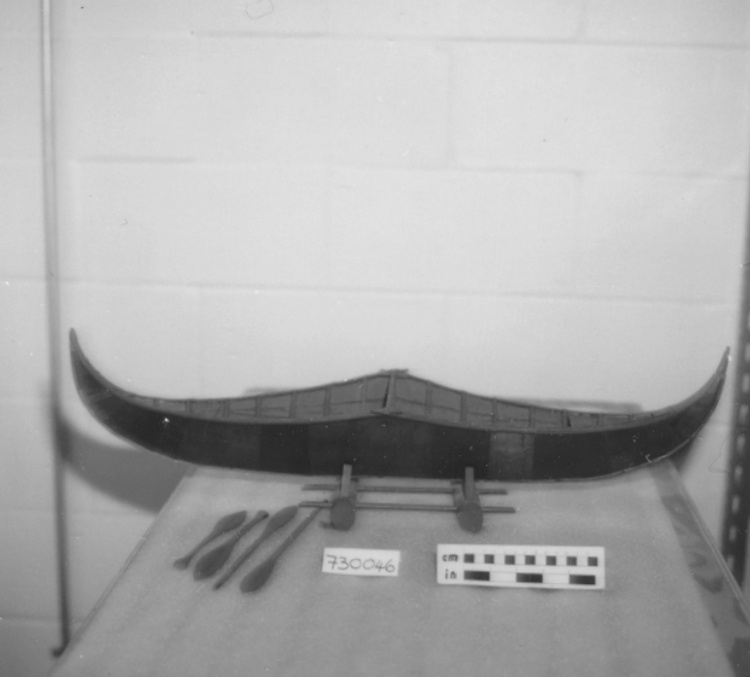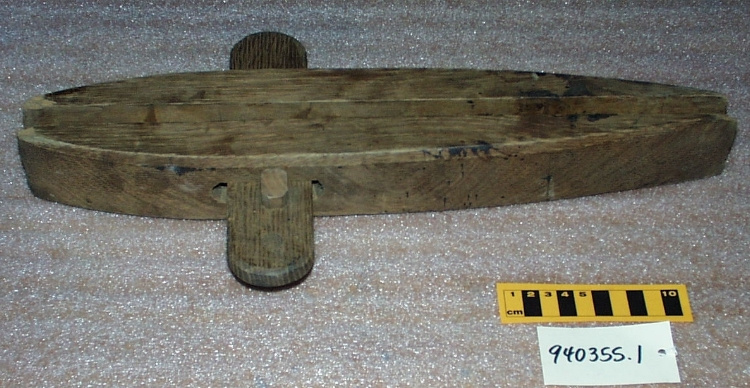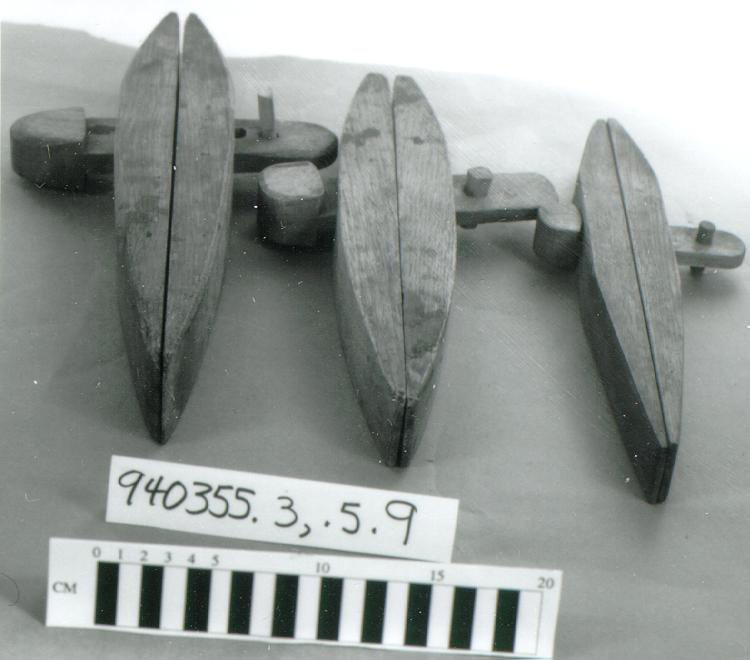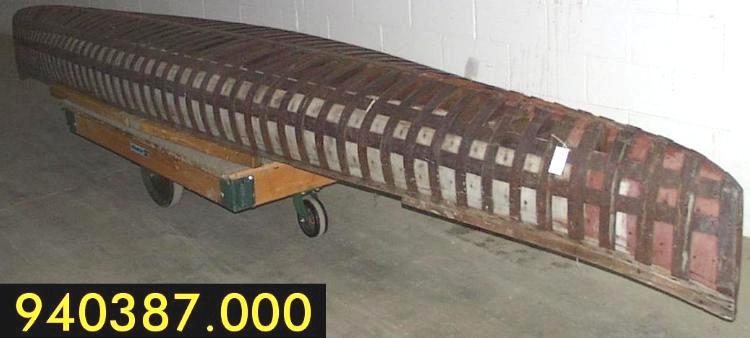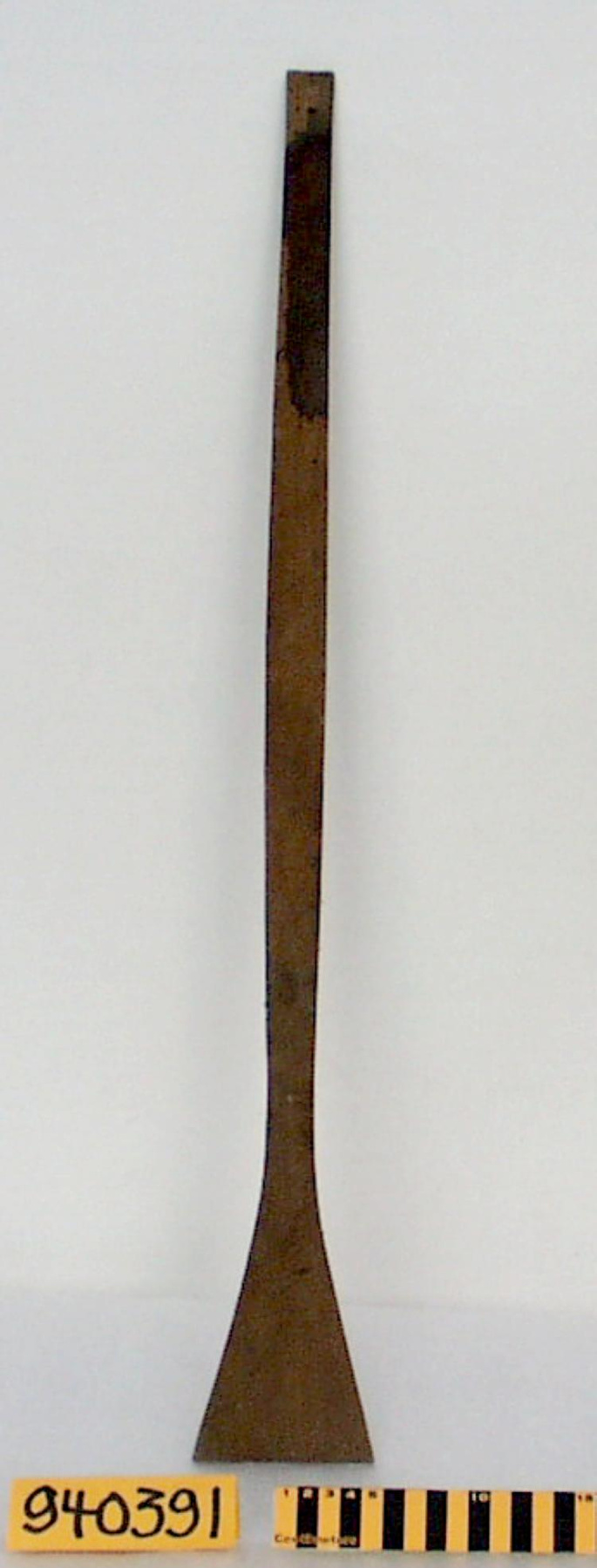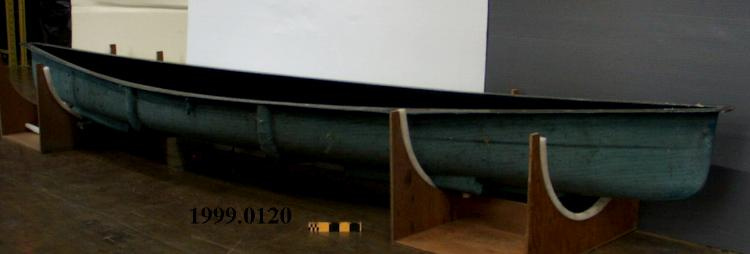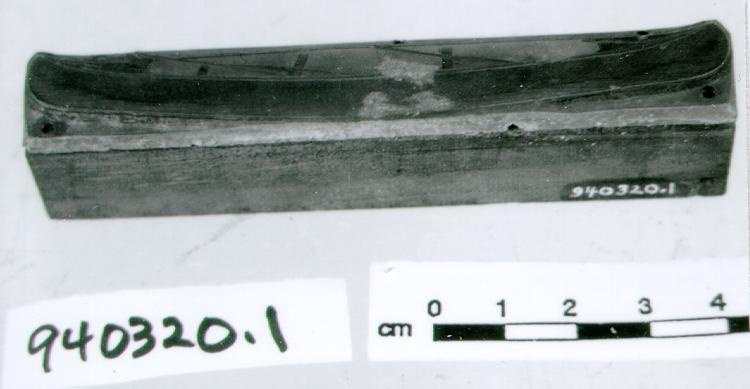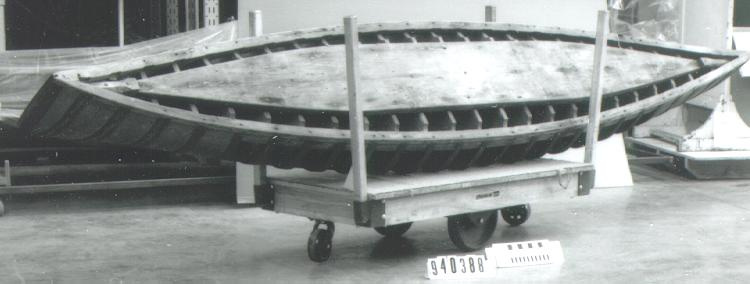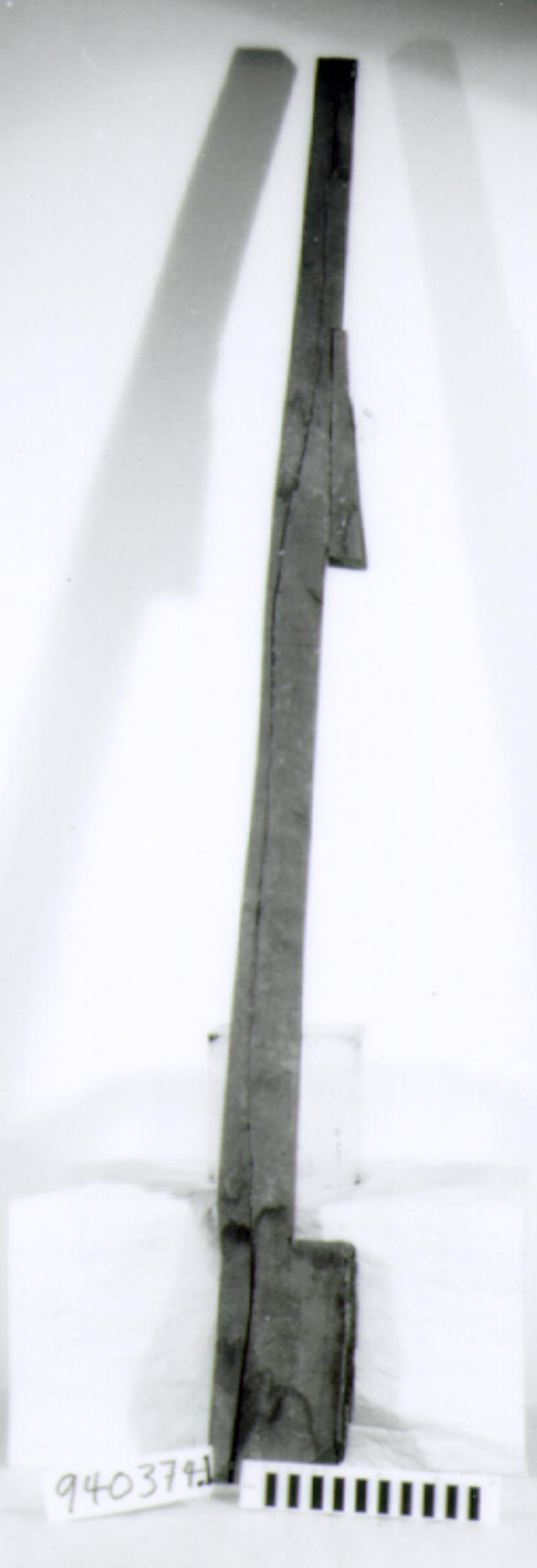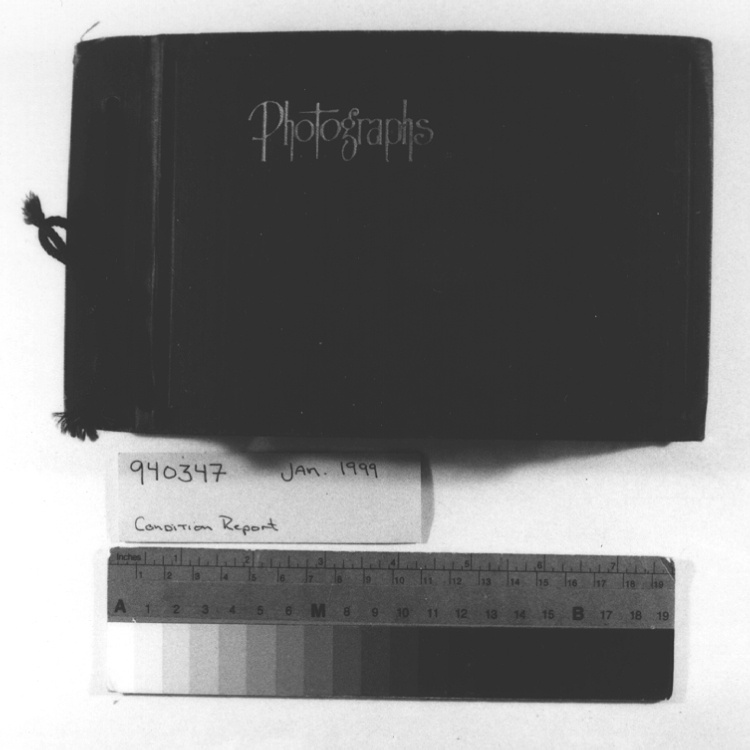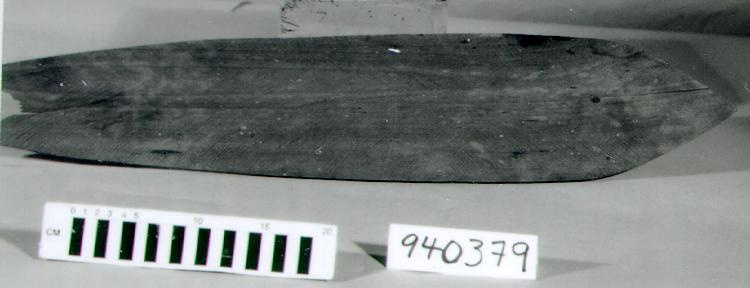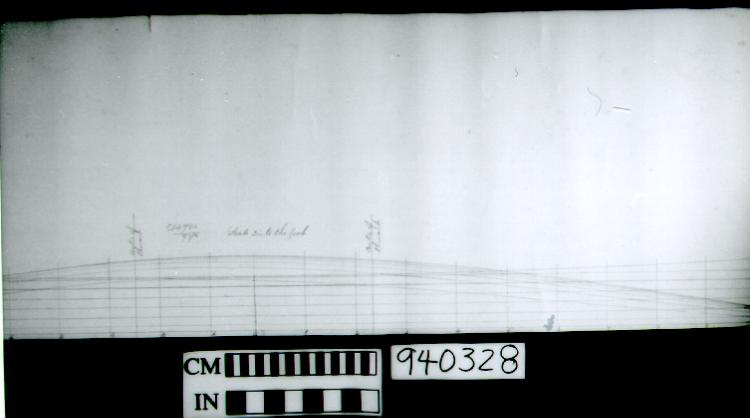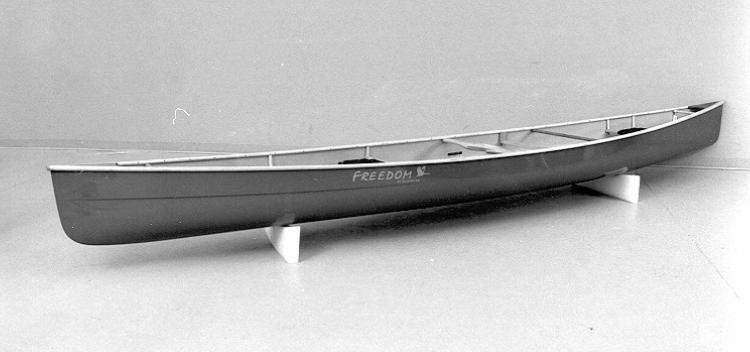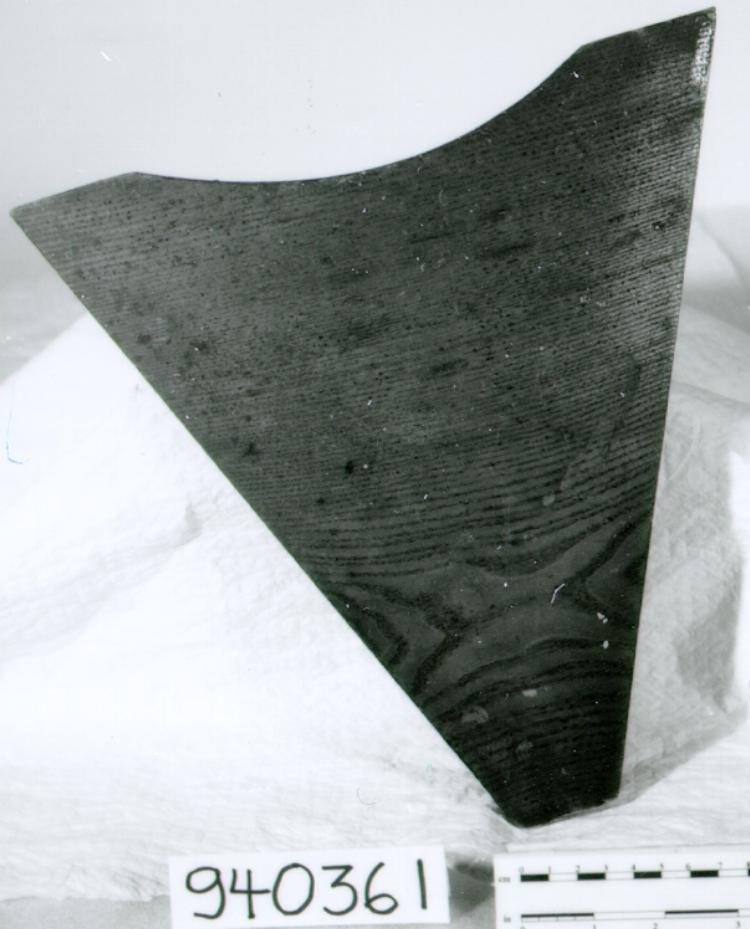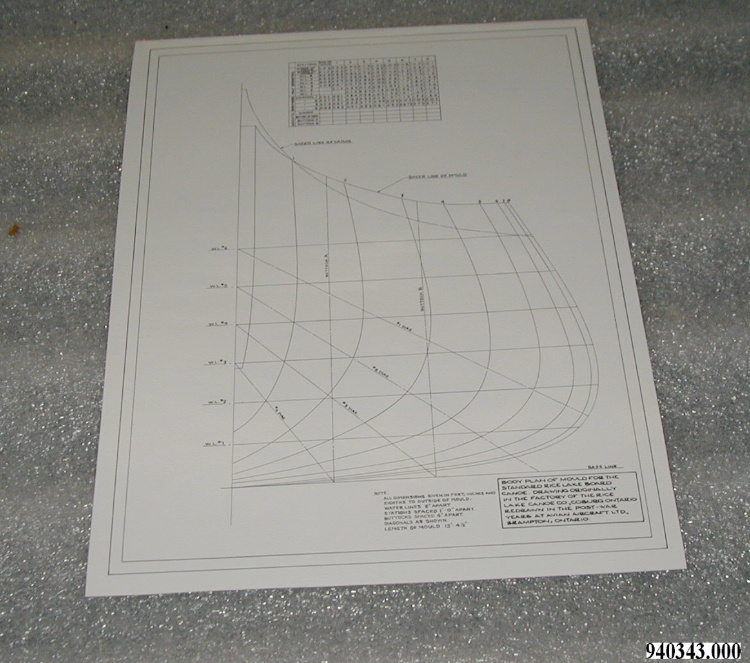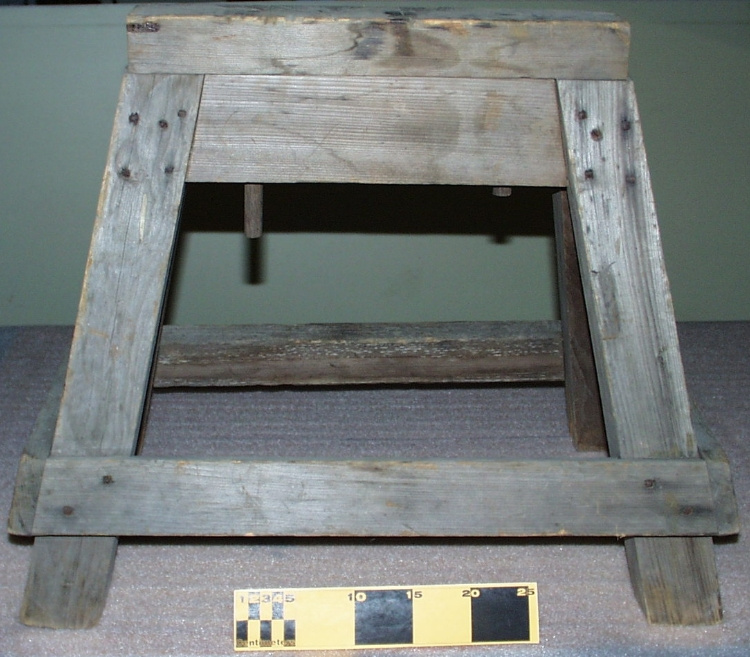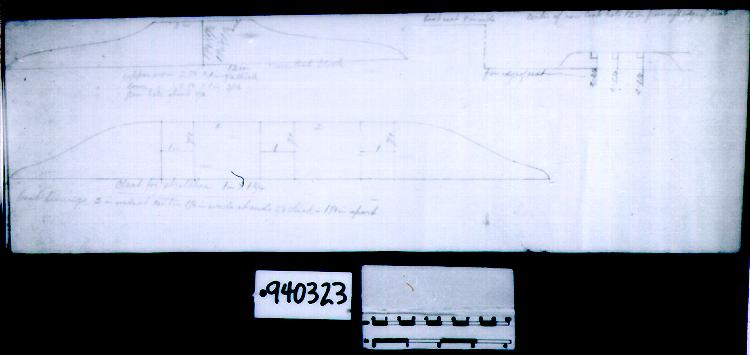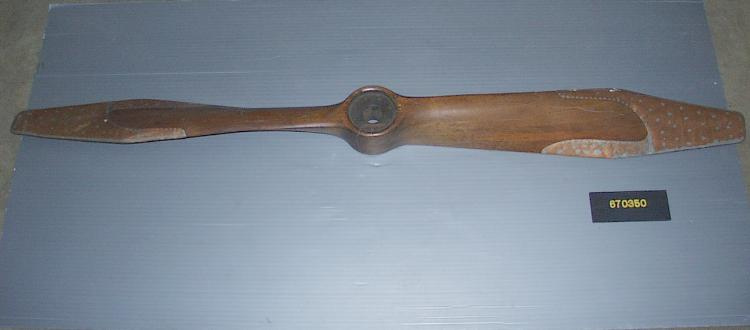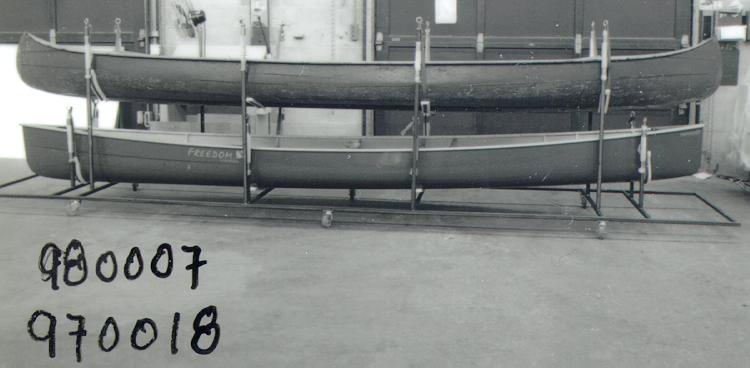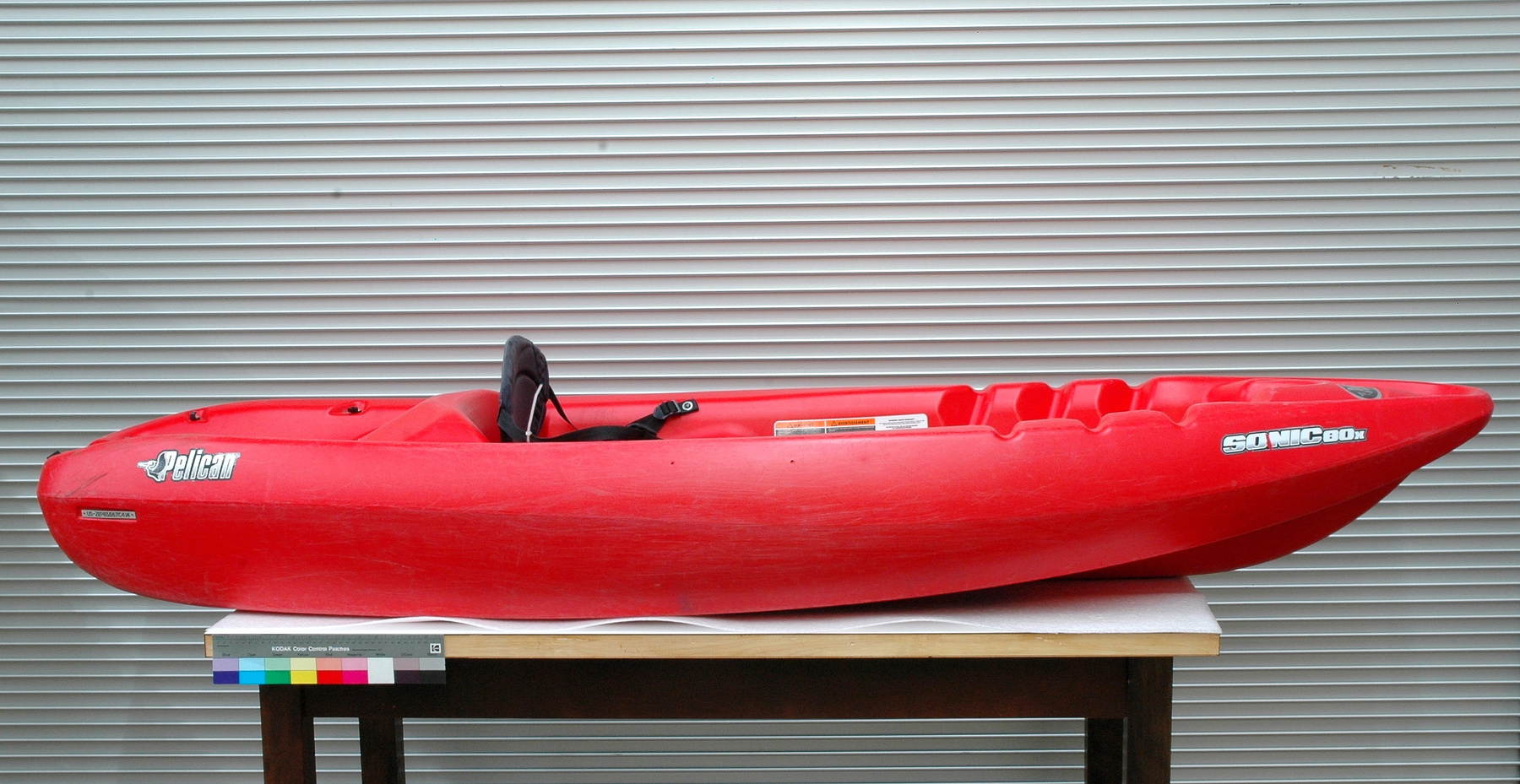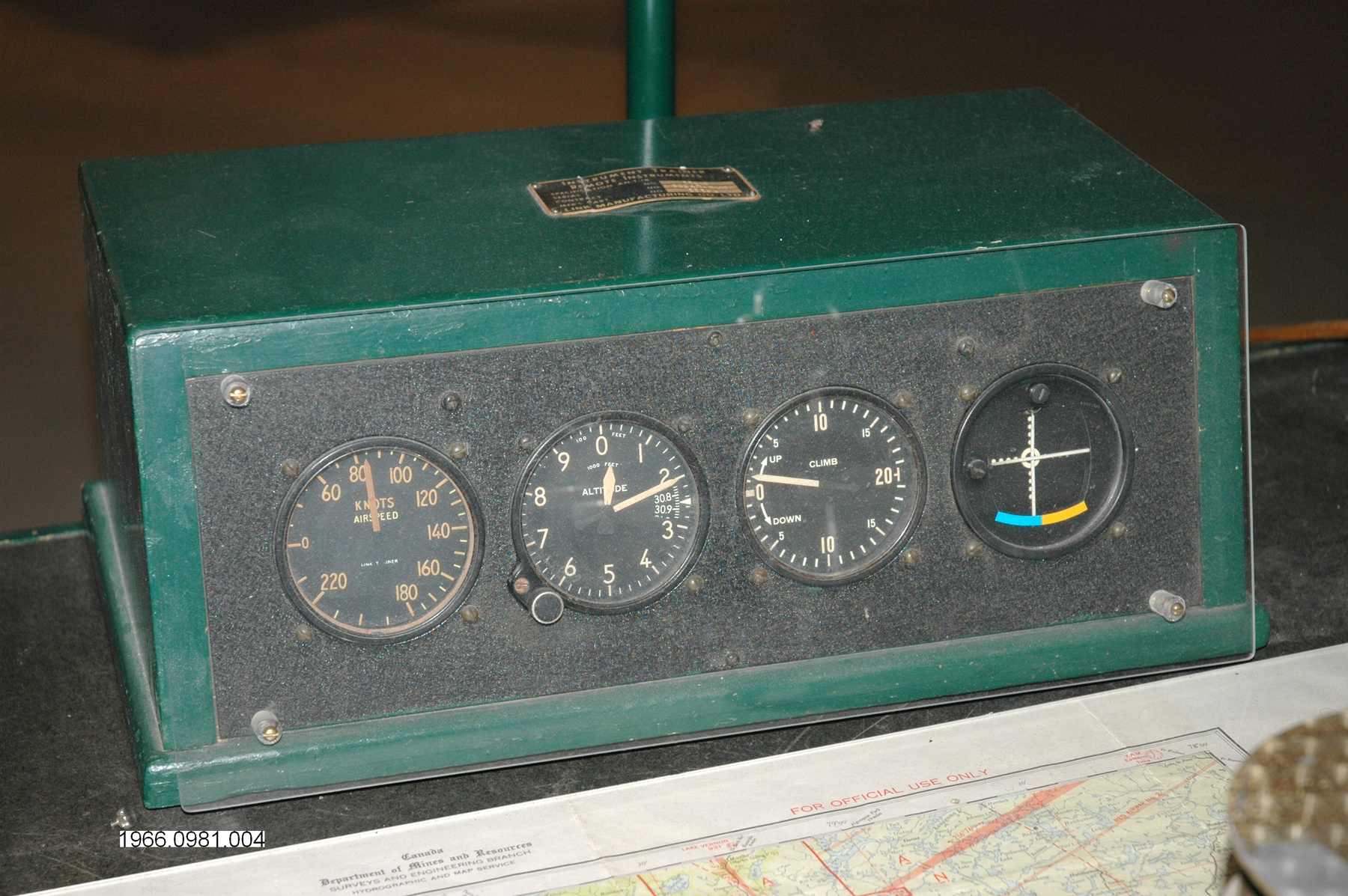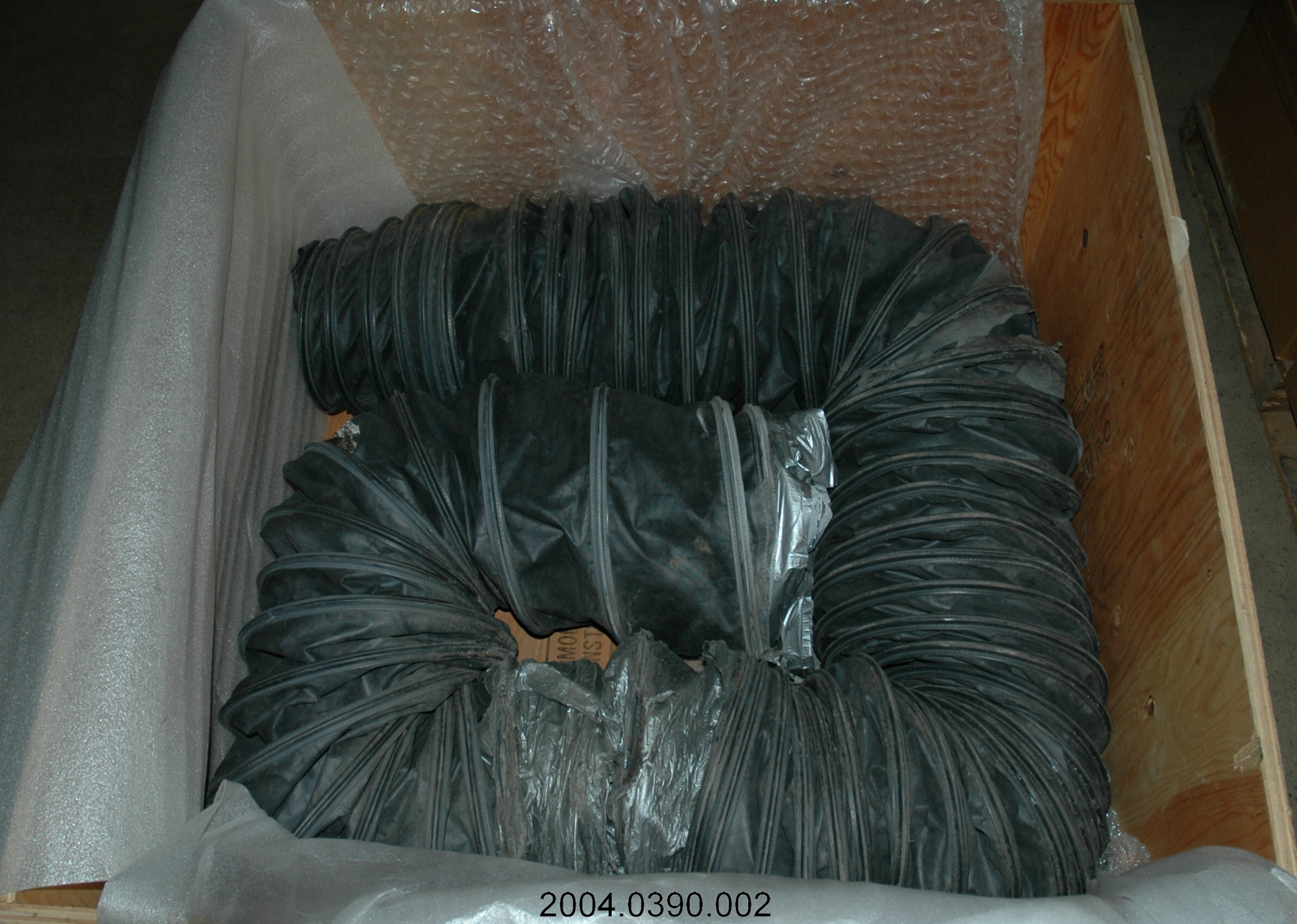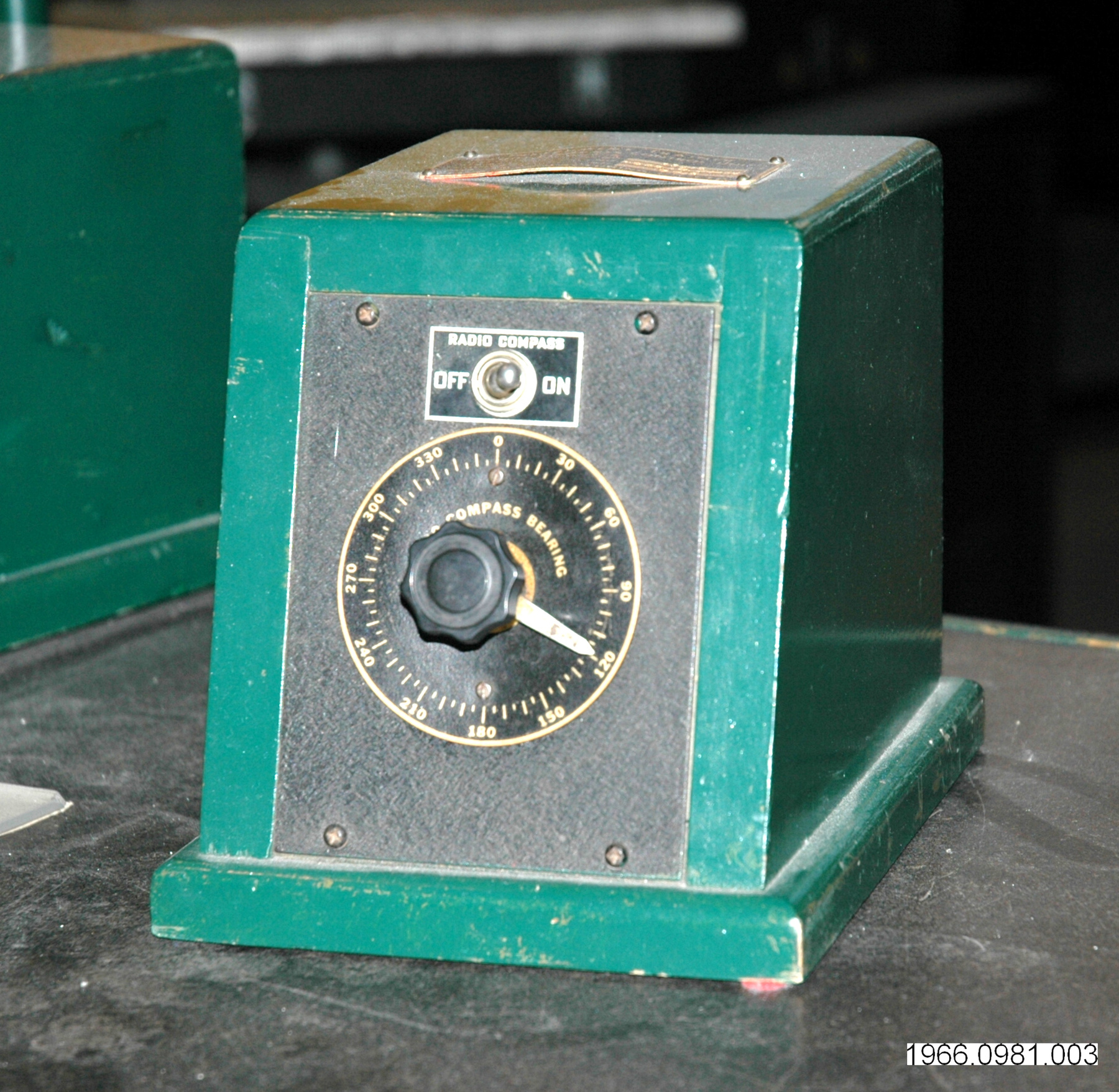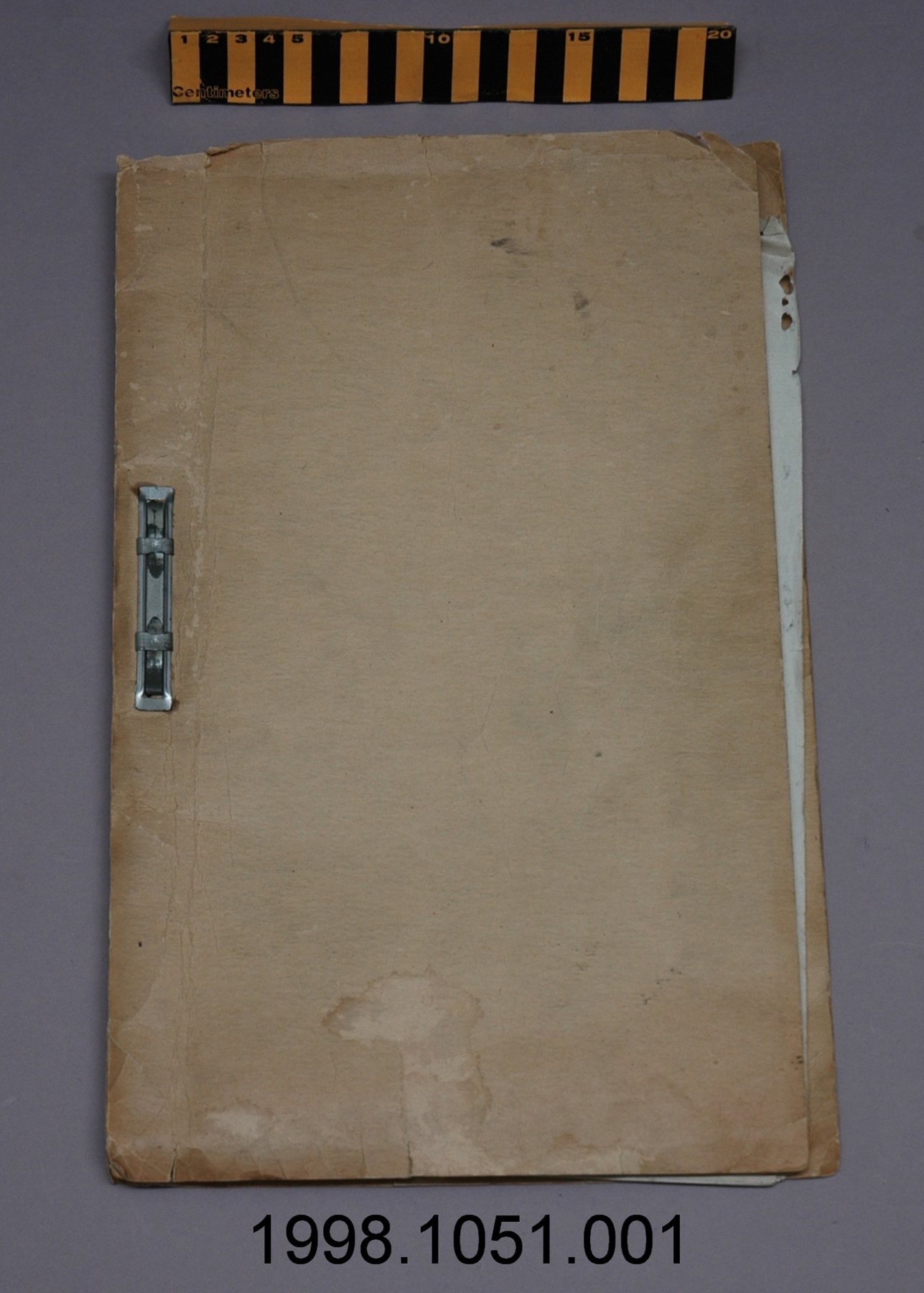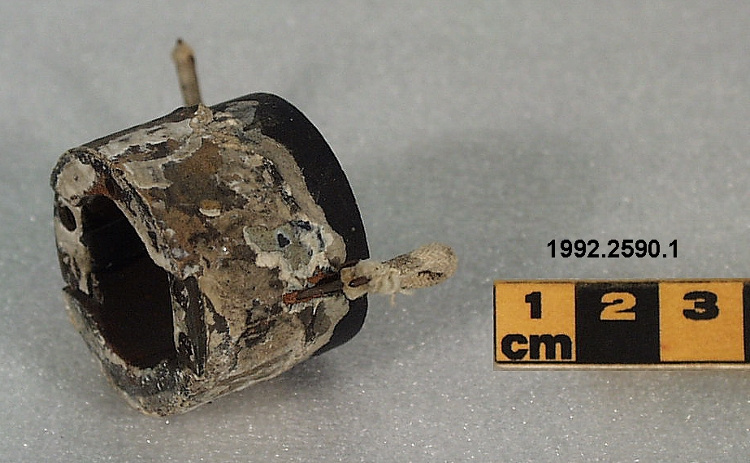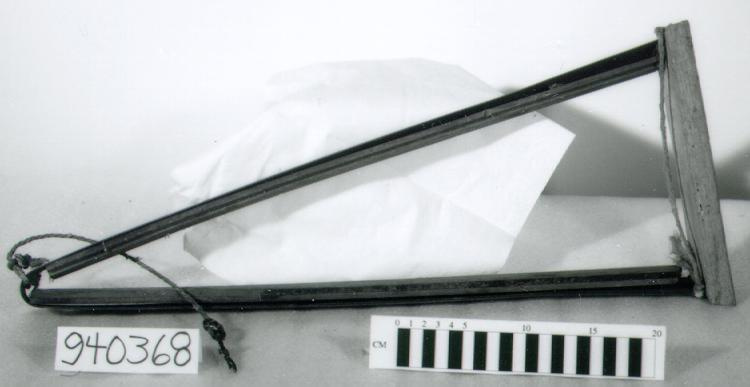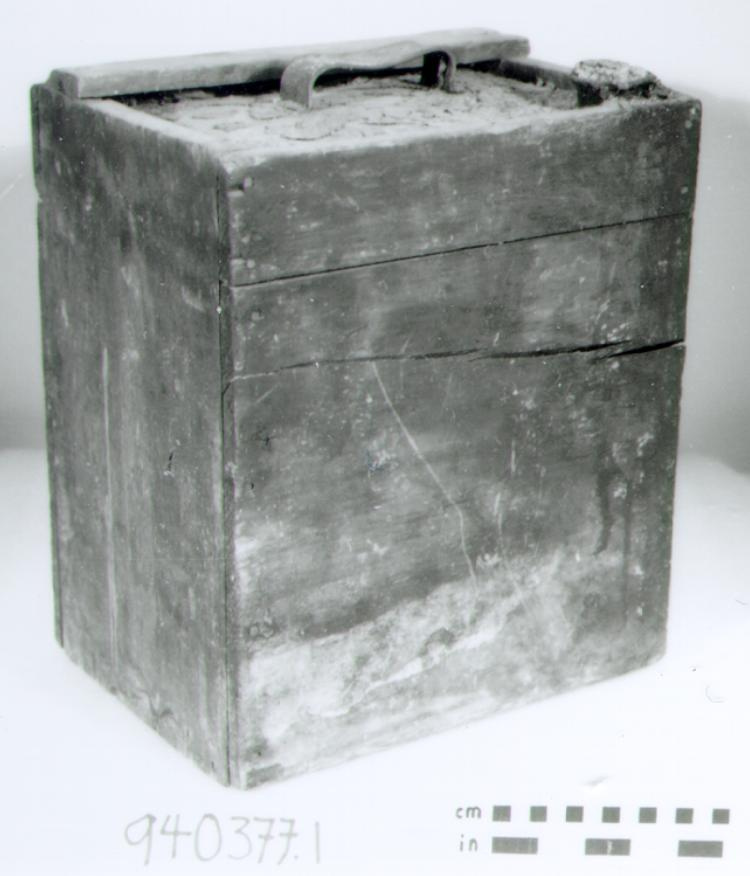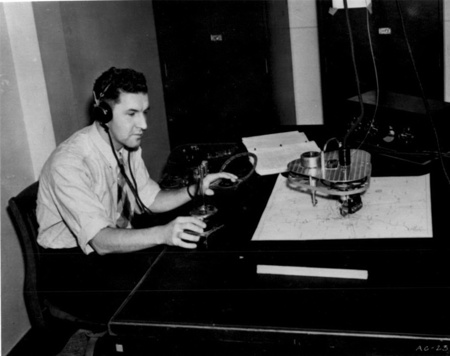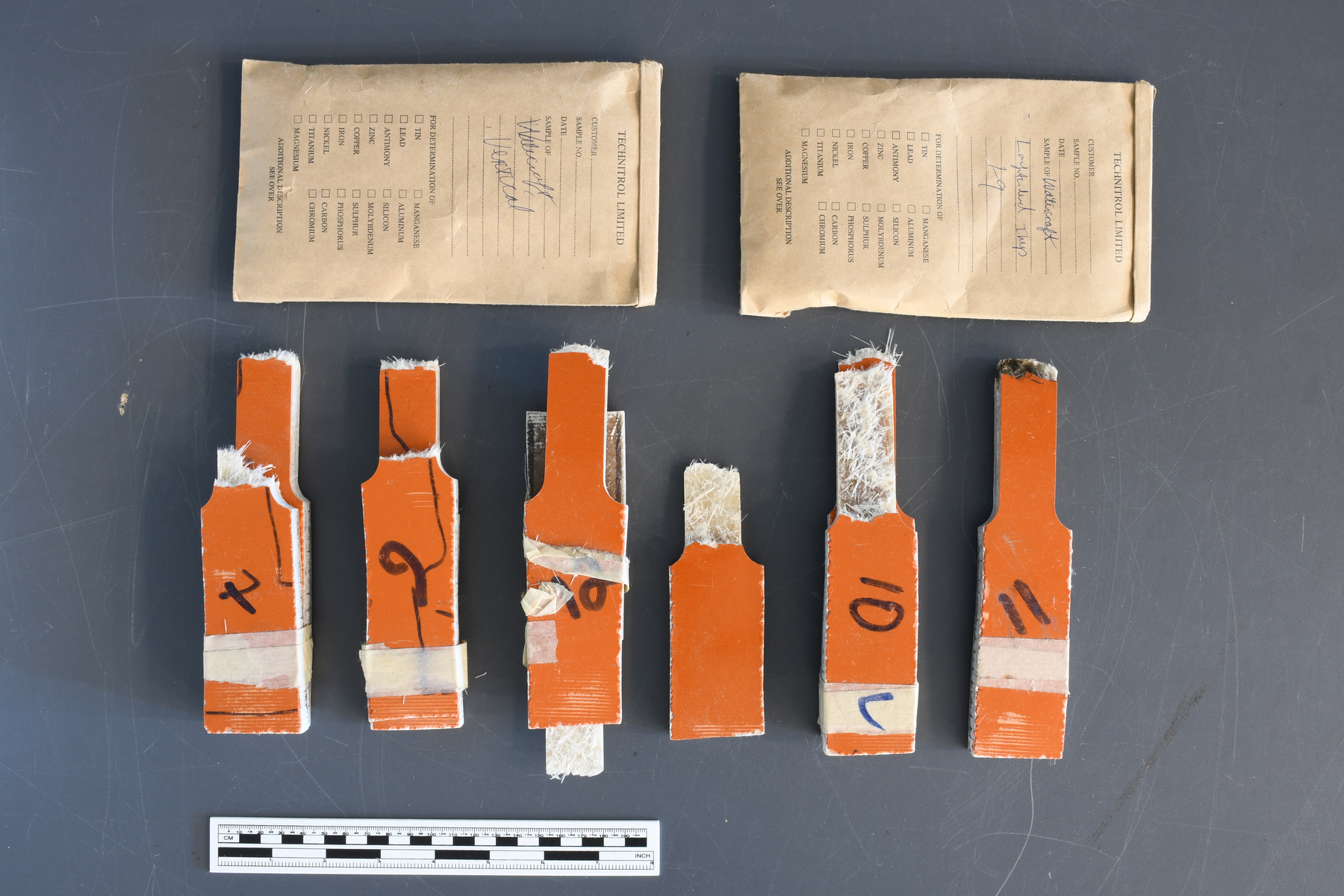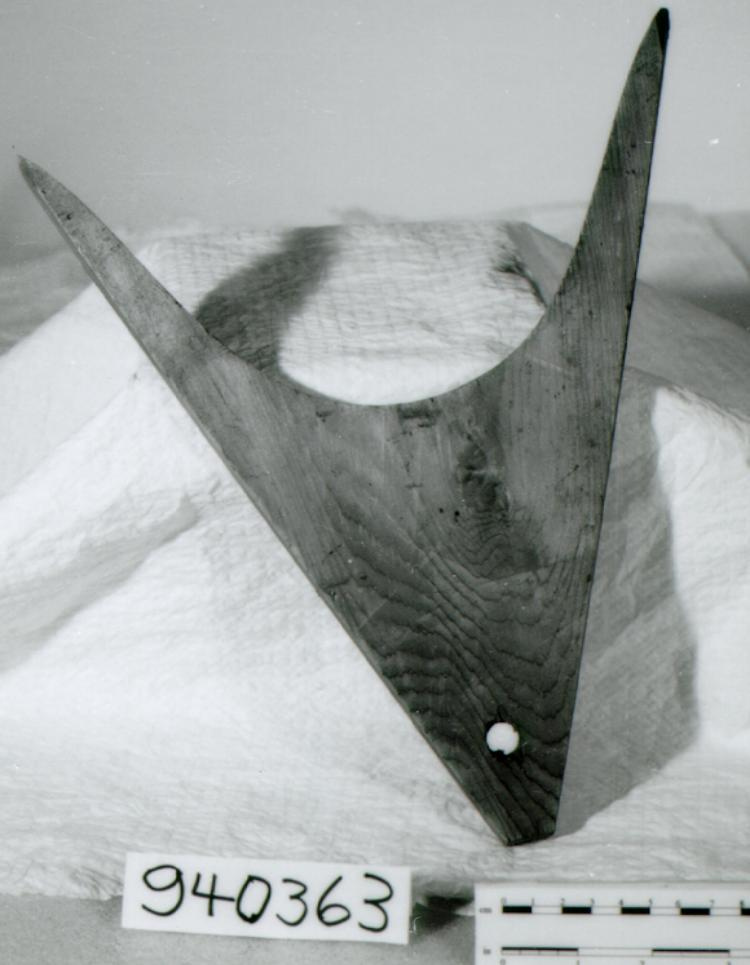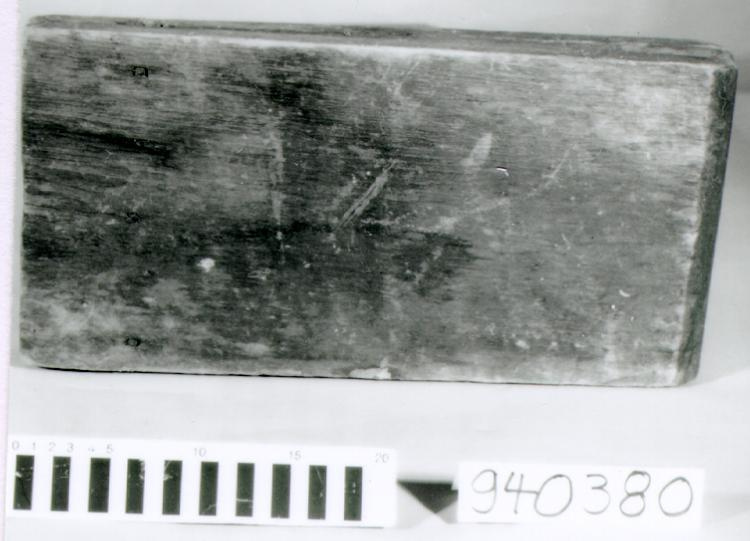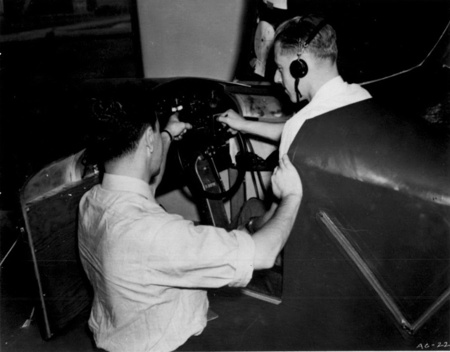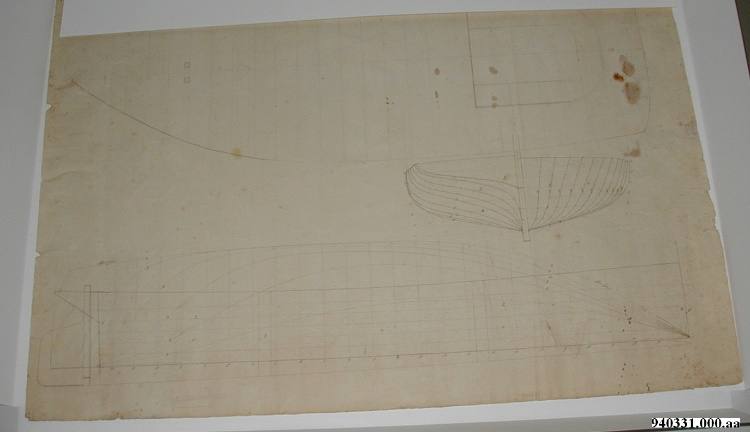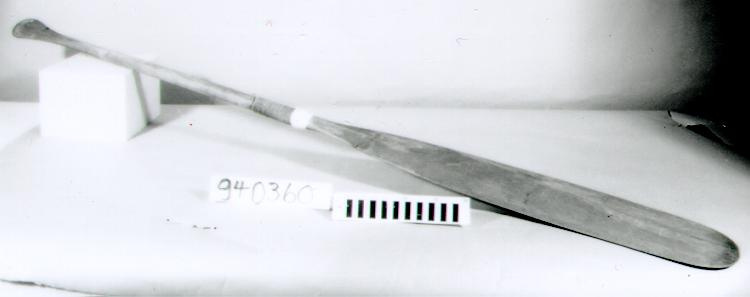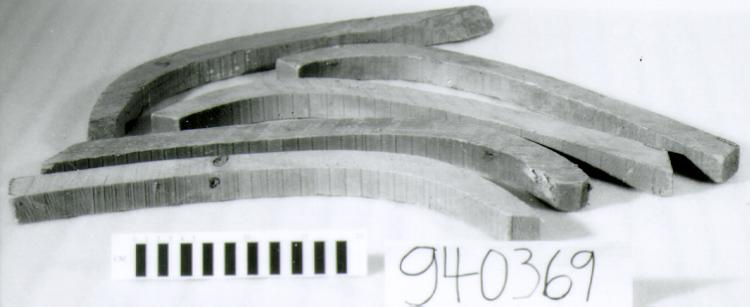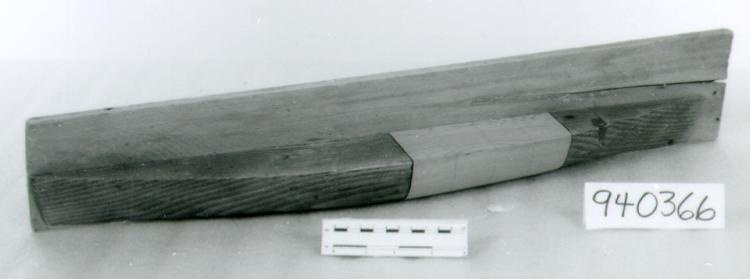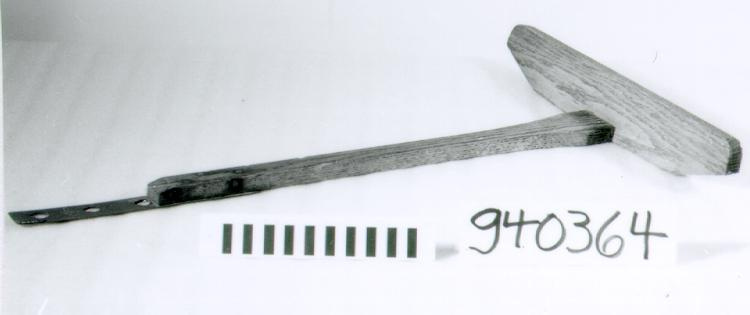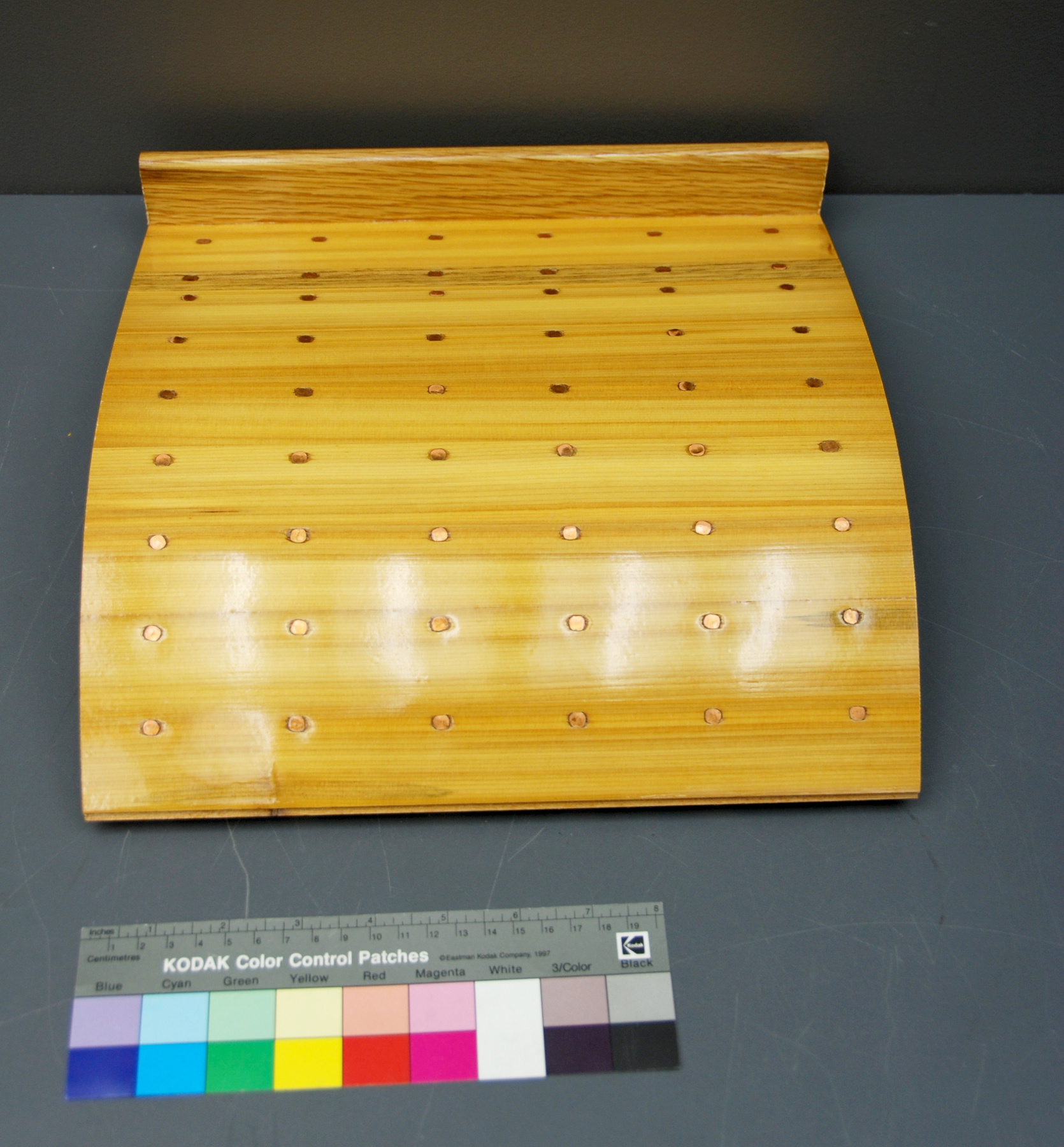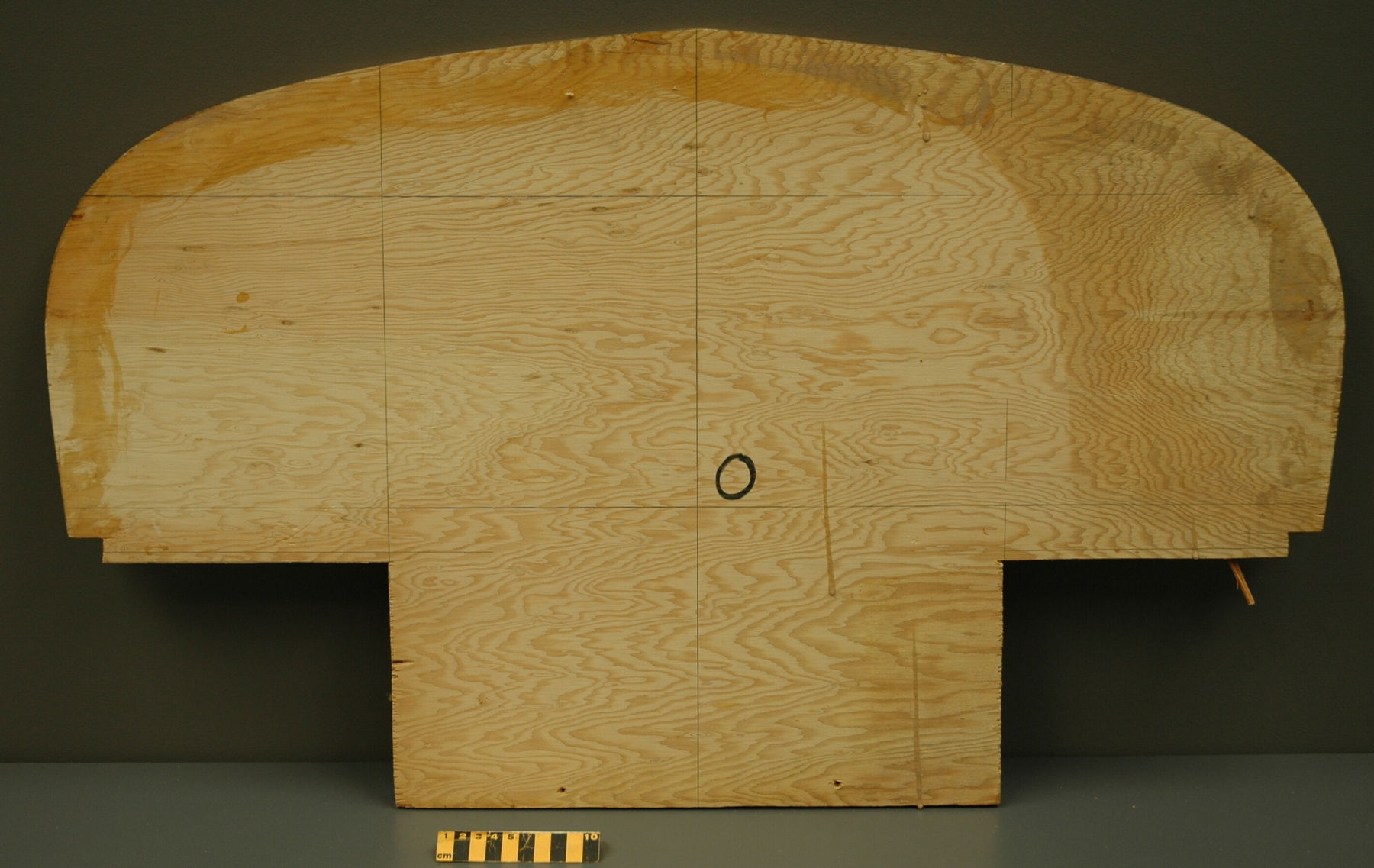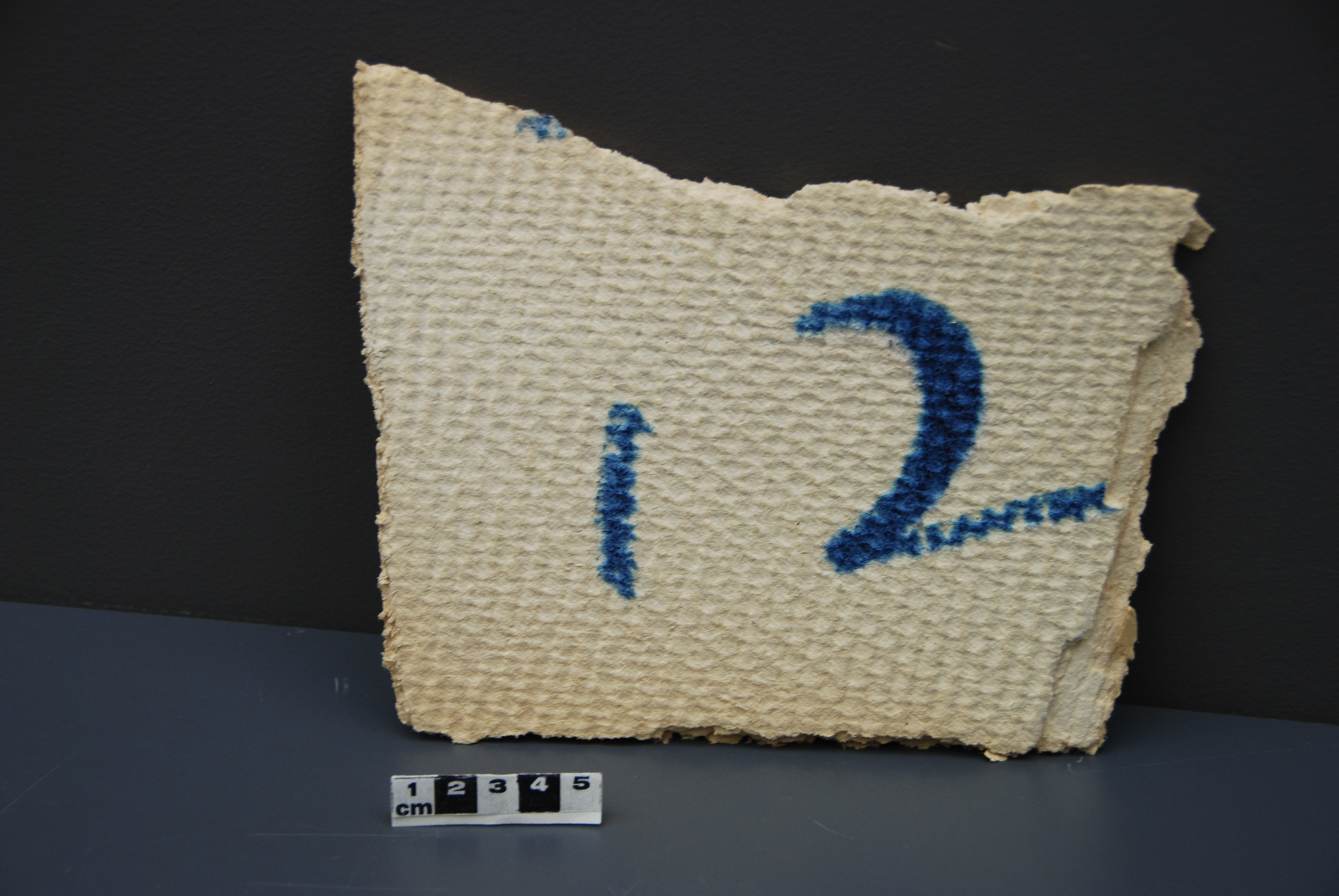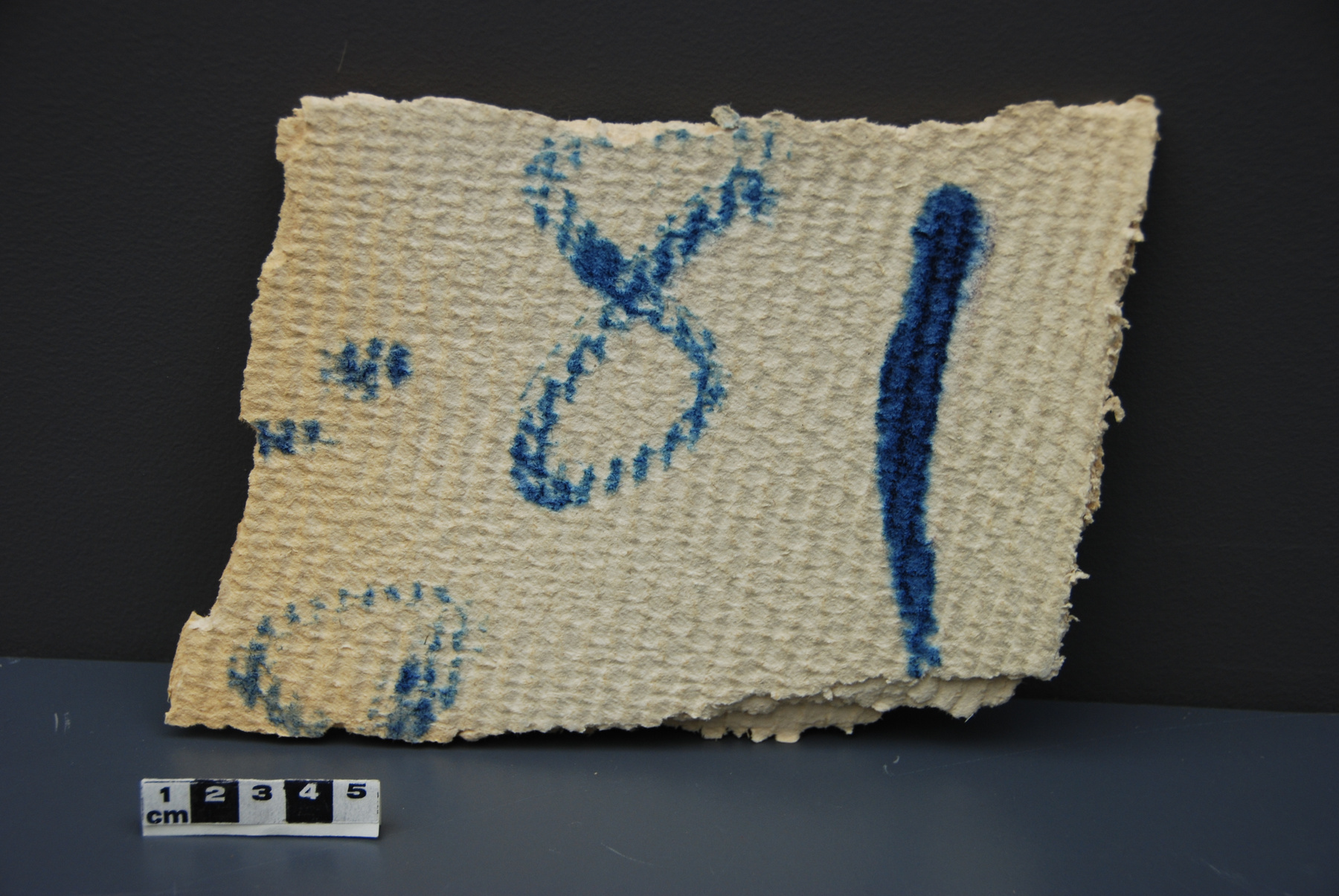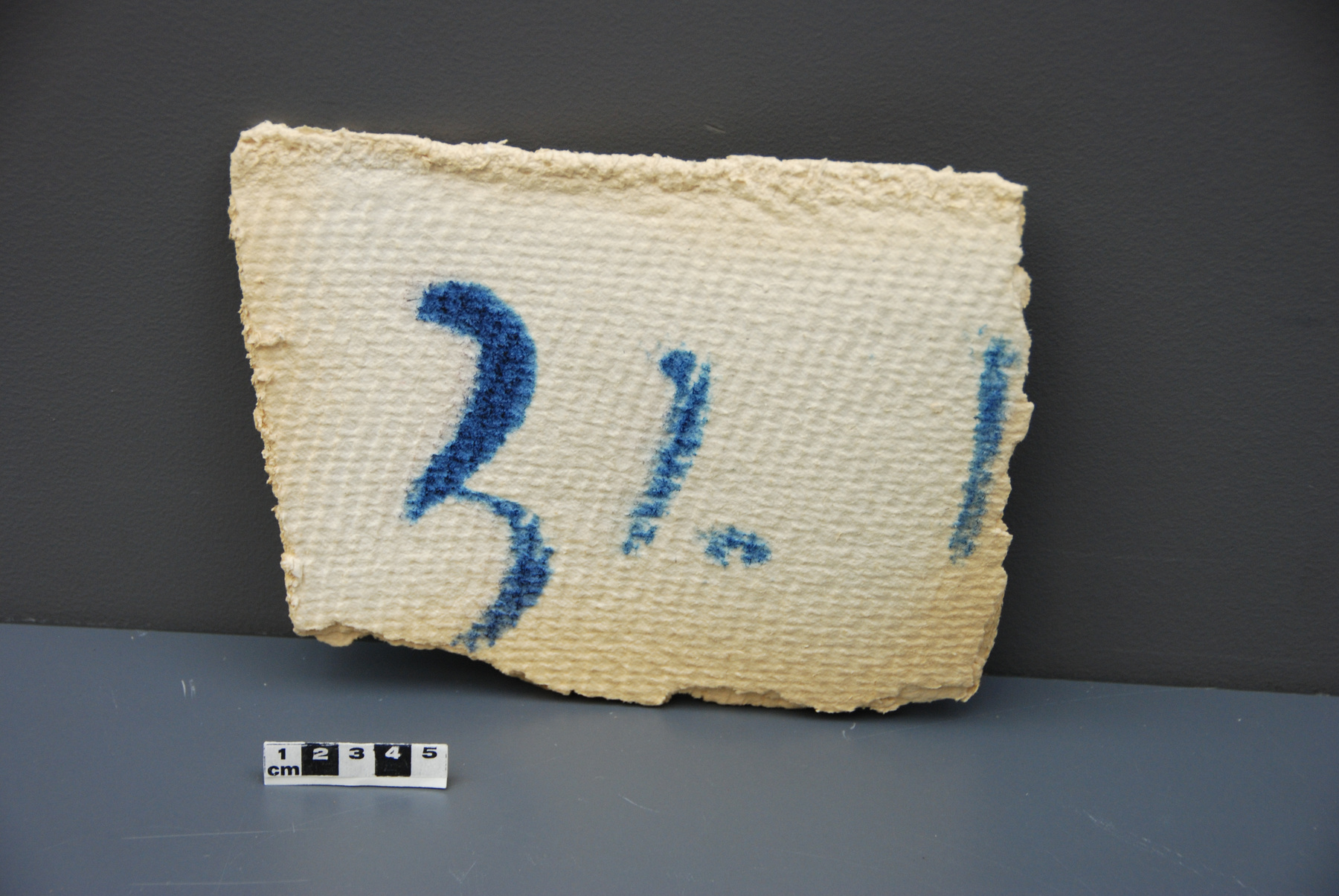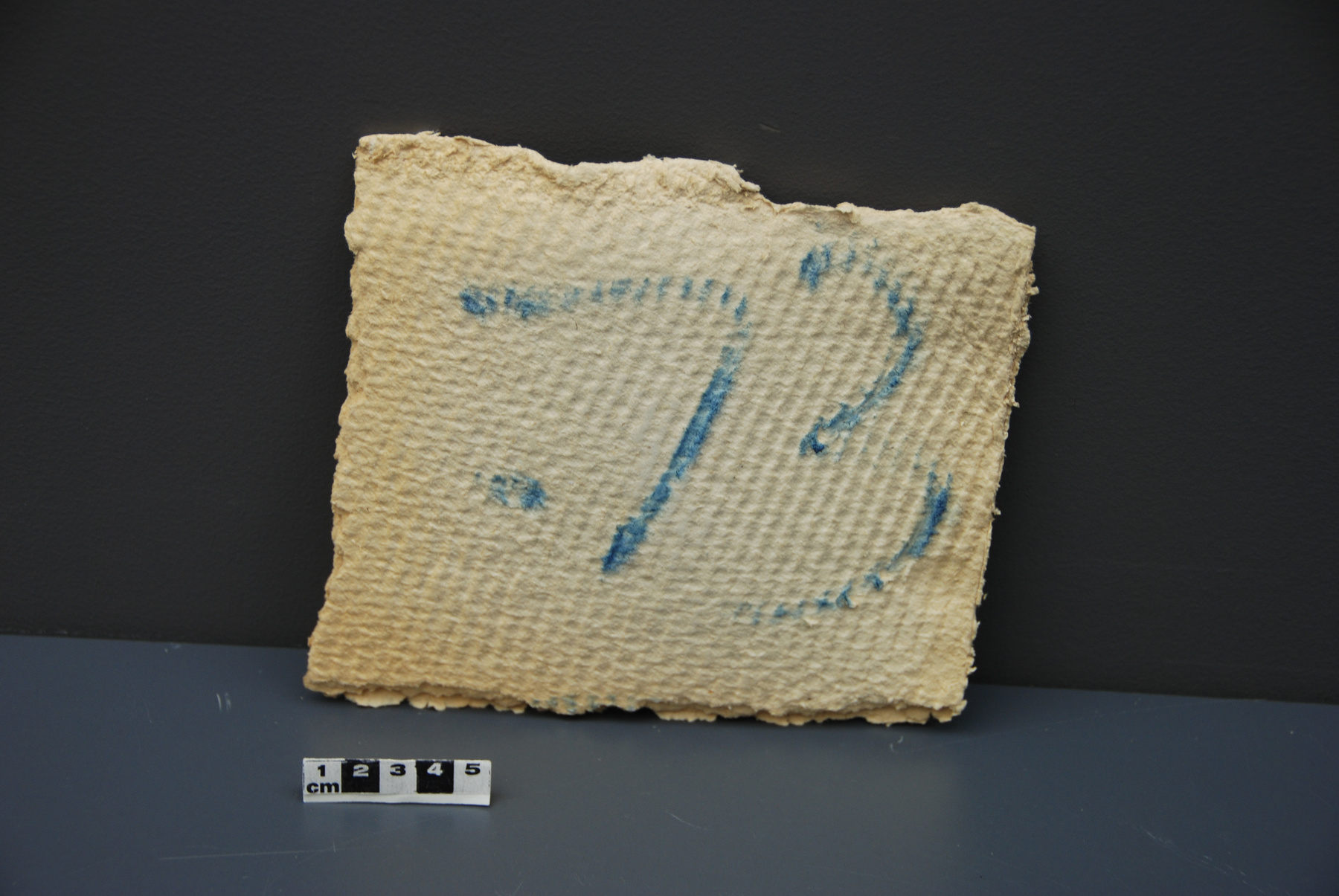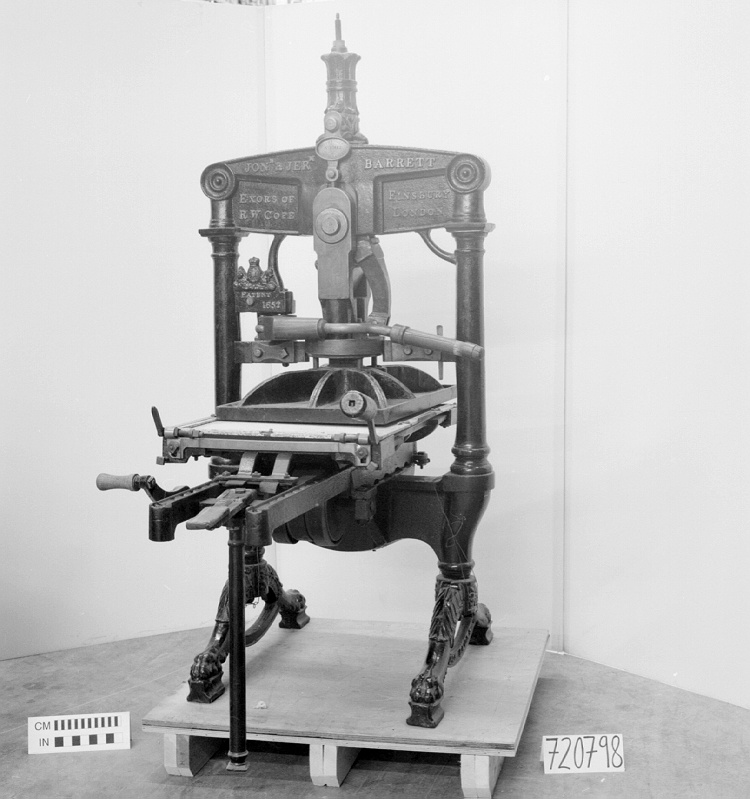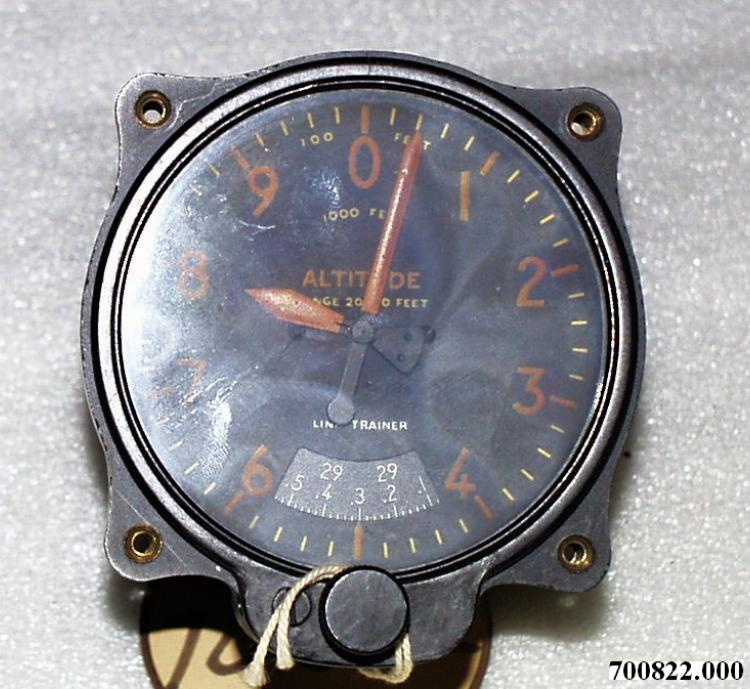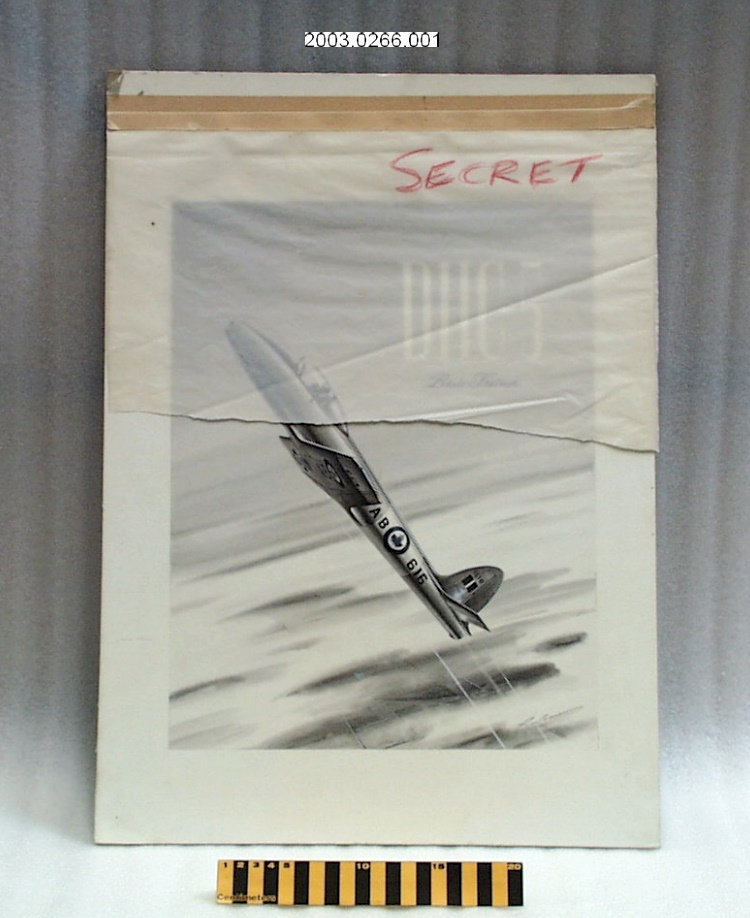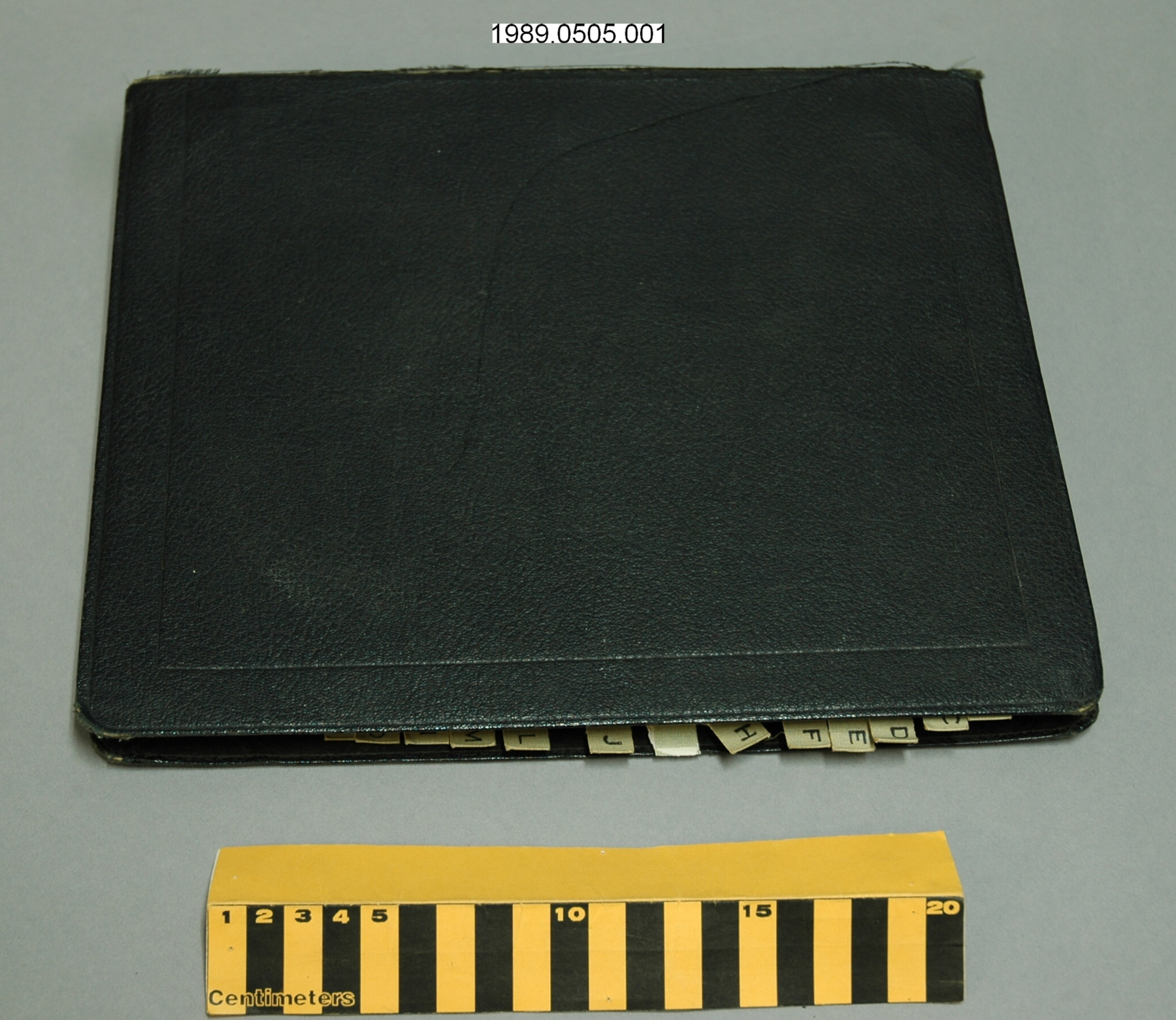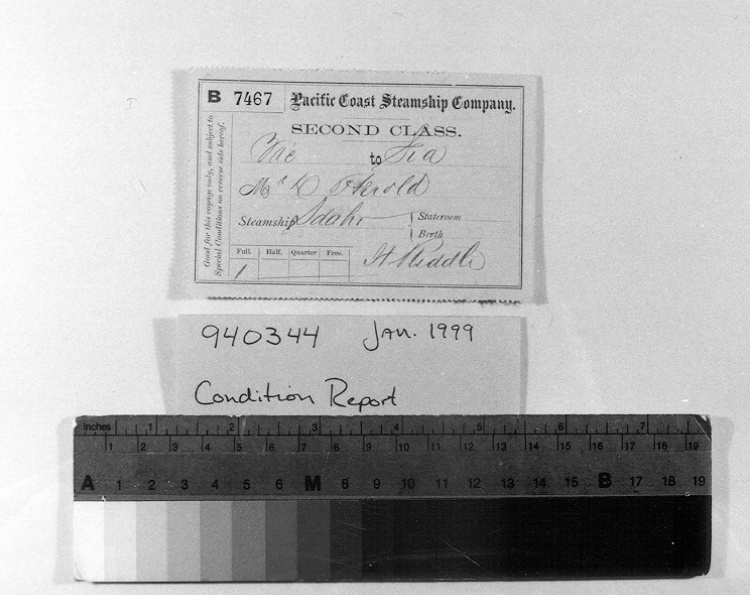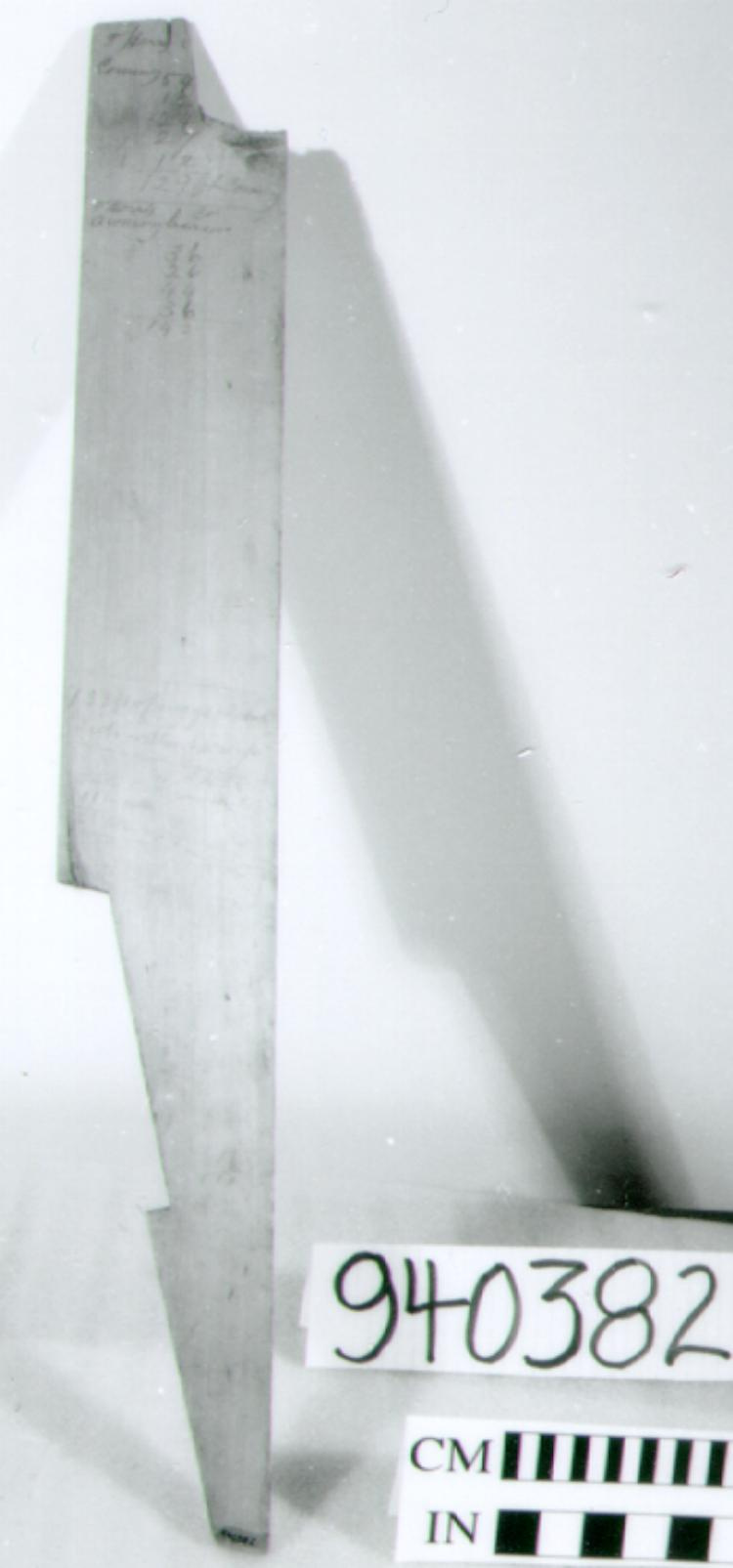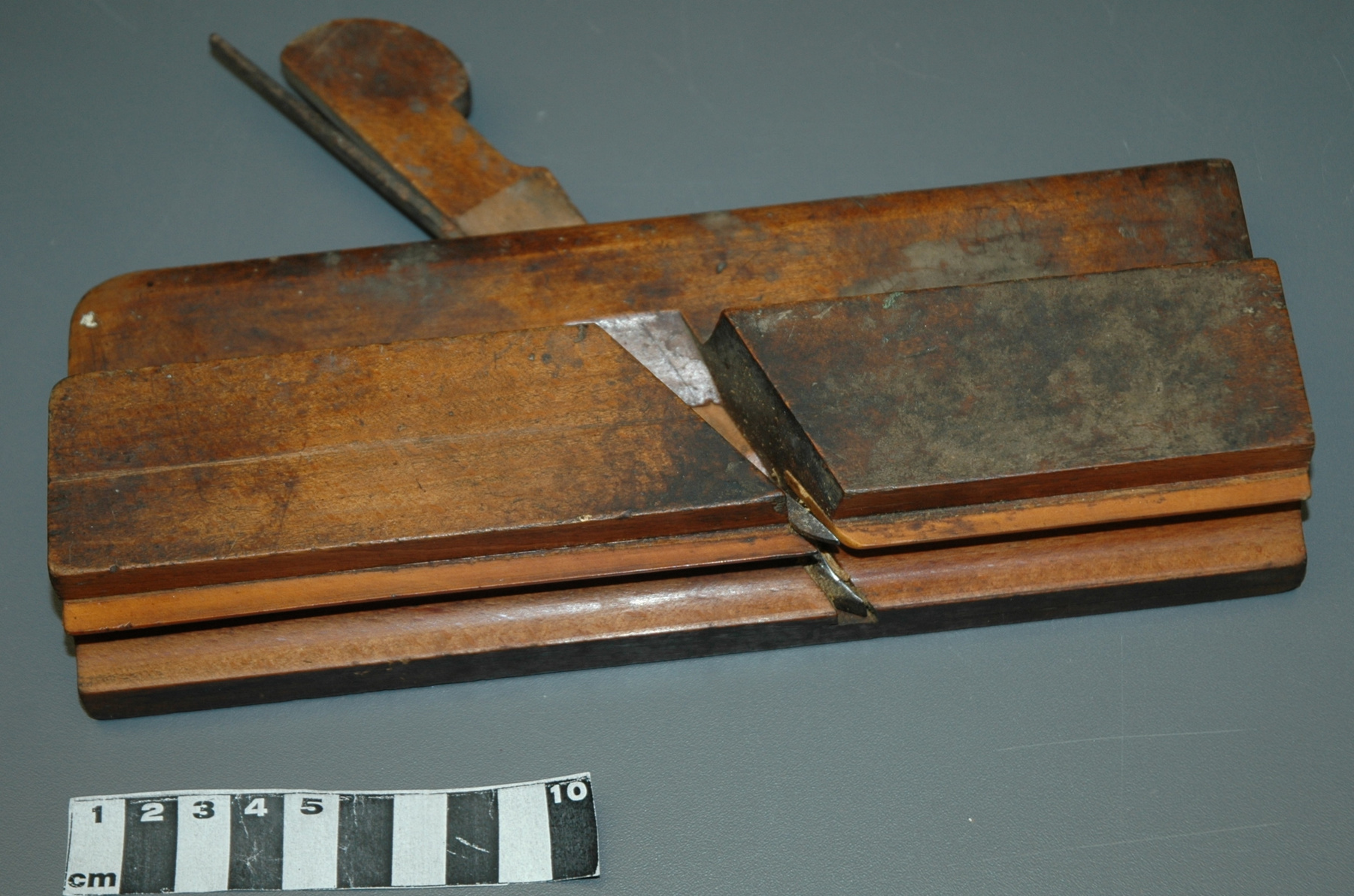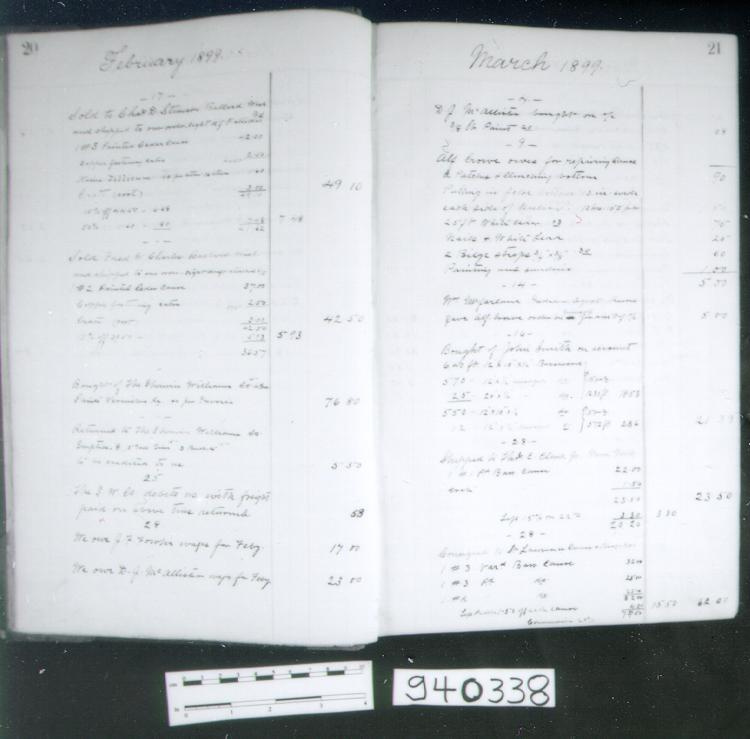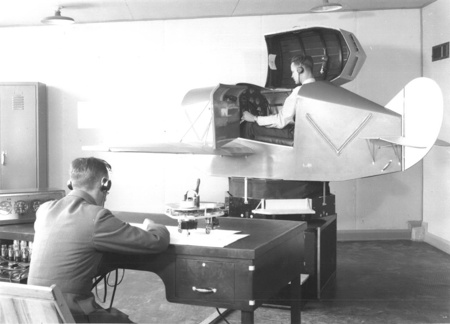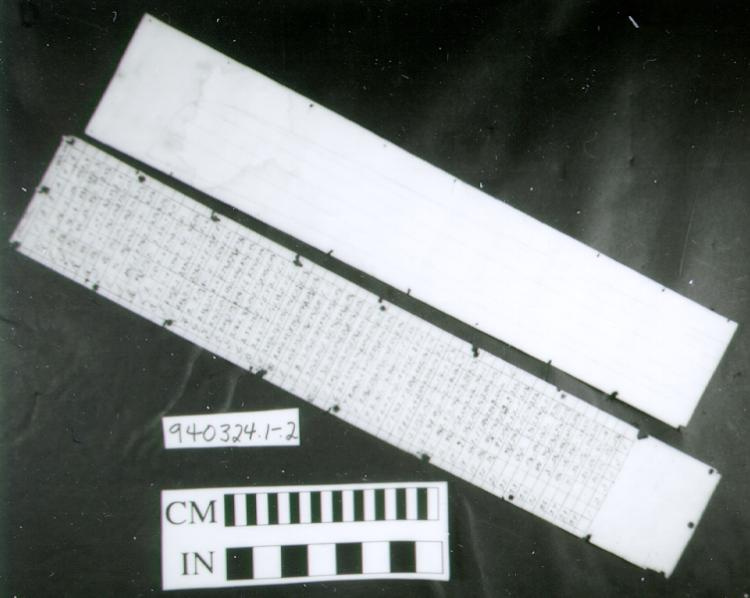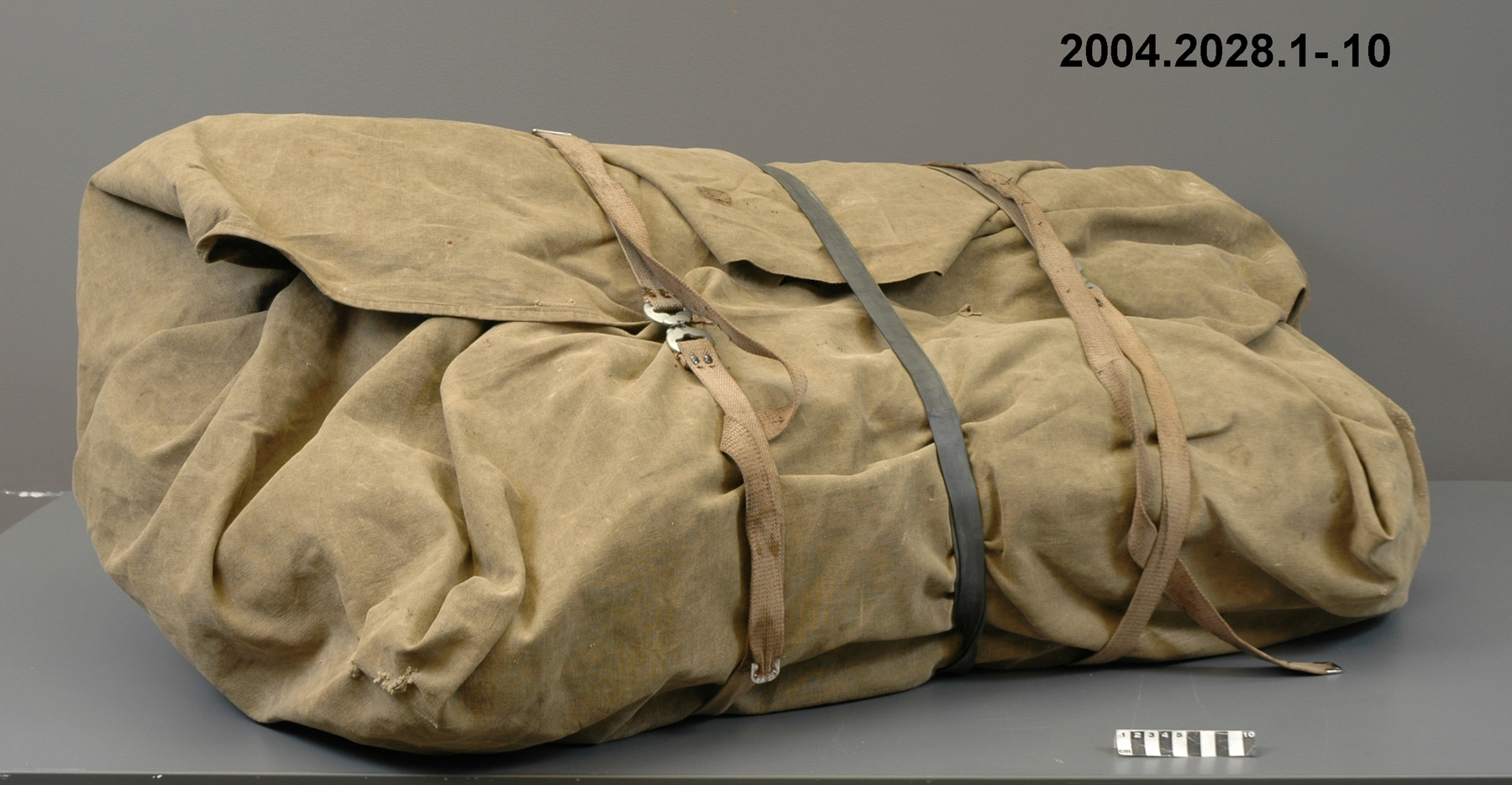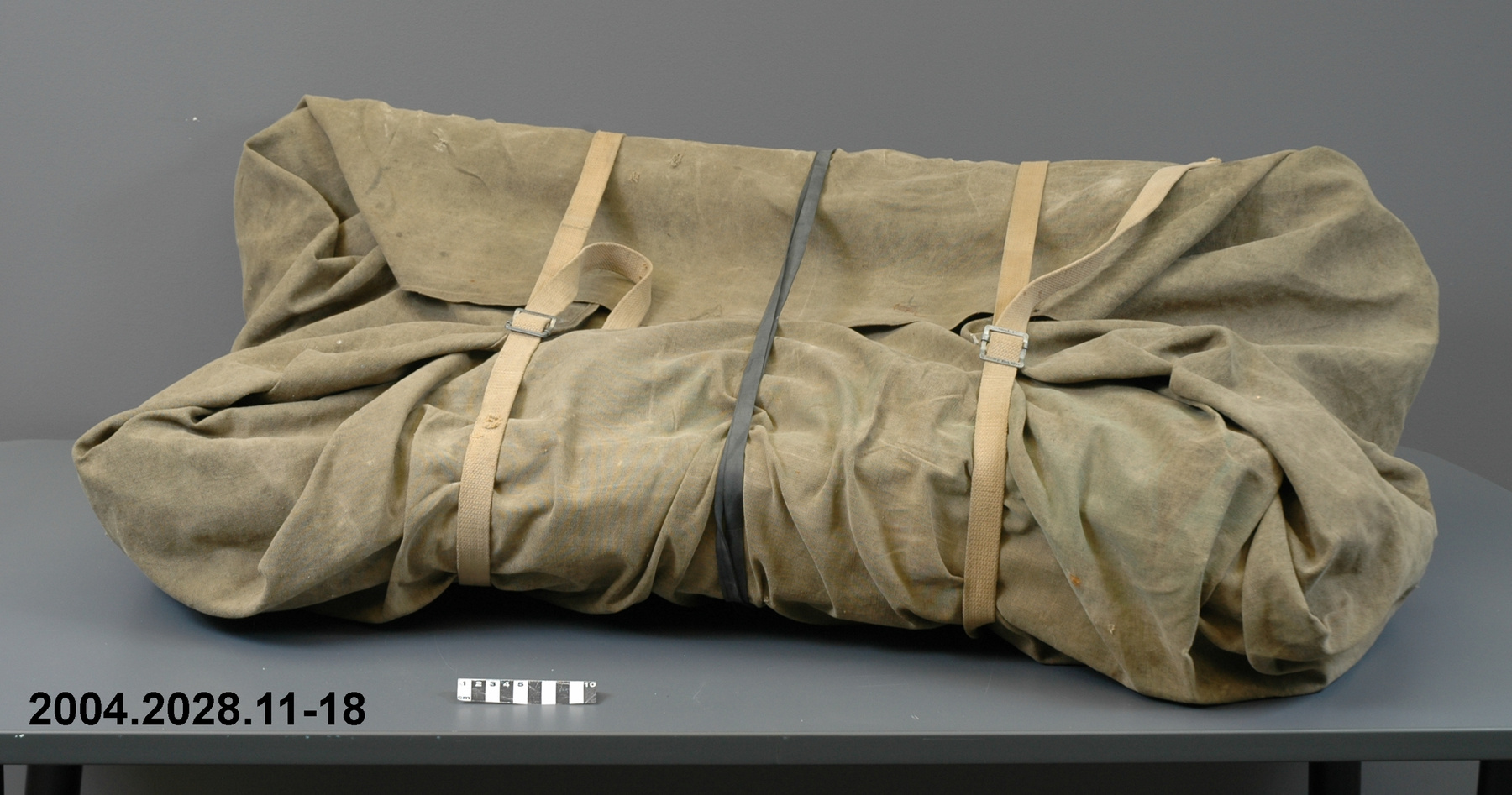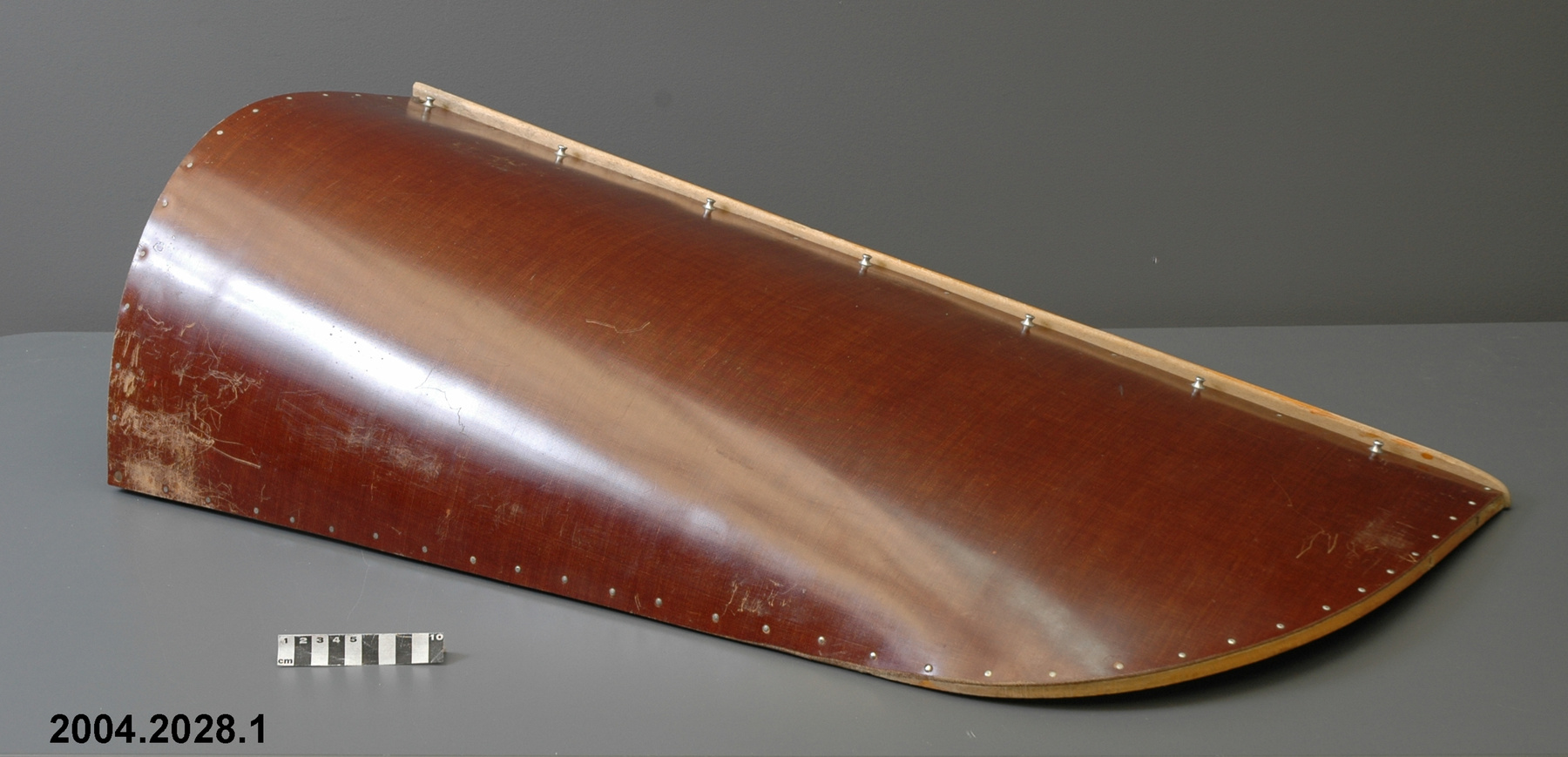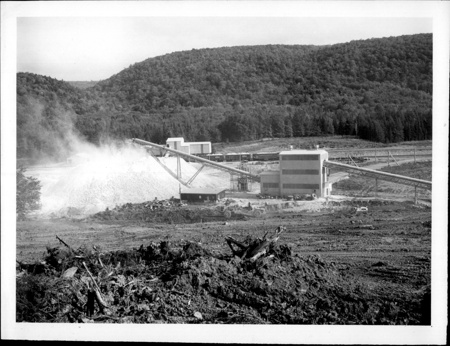Canoë
Utiliser cette image
Puis-je réutiliser cette image sans autorisation? Oui
Les images sur le portail de la collection d’Ingenium ont la licence Creative Commons suivante :
Copyright Ingenium / CC BY-NC-ND (Attribution-NonCommercial 4.0 International (CC BY-NC 4.0)
ATTRIBUER CETTE IMAGE
Ingenium,
2004.2028.001
Permalien:
Ingenium diffuse cette image sous le cadre de licence Creative Commons et encourage son téléchargement et sa réutilisation à des fins non commerciales. Veuillez mentionner Ingenium et citer le numéro de l’artefact.
TÉLÉCHARGER L’IMAGEACHETER CETTE IMAGE
Cette image peut être utilisée gratuitement pour des fins non commerciales.
Pour un usage commercial, veuillez consulter nos frais de reproduction et communiquer avec nous pour acheter l’image.
- TYPE D’OBJET
- sectional/canvas covered
- DATE
- 1948
- NUMÉRO DE L’ARTEFACT
- 2004.2028.001
- FABRICANT
- Link Mfg. Co. Ltd.
- MODÈLE
- Linkanoe
- EMPLACEMENT
- Gananoque, Ontario, Canada
Plus d’information
Renseignements généraux
- Nº de série
- S/O
- Nº de partie
- 1
- Nombre total de parties
- 18
- Ou
- Canoe hull section
- Brevets
- S/O
- Description générale
- Moulded fiber-reinforced synthetic/ moulded laminated hardwood gunwales, keel, ribs/ metal fasteners
Dimensions
Remarque : Cette information reflète la taille générale pour l’entreposage et ne représente pas nécessairement les véritables dimensions de l’objet.
- Longueur
- 90,0 cm
- Largeur
- 25,0 cm
- Hauteur
- 44,0 cm
- Épaisseur
- S/O
- Poids
- S/O
- Diamètre
- S/O
- Volume
- S/O
Lexique
- Groupe
- Transports maritimes
- Catégorie
- Navires
- Sous-catégorie
- S/O
Fabricant
- Ou
- Link
- Pays
- Canada
- État/province
- Ontario
- Ville
- Gananoque
Contexte
- Pays
- Canada
- État/province
- Inconnu
- Période
- circa 1948 into 1950s
- Canada
-
Though an American design, Linkanoes were constructed in Canada and the provenance for this particular example is particularly rich. This canoe was originally purchased in 1948 by Ralph W. Scott, the father of the present owner. Ralph Scott was RCAF mechanic and later a pilot trainer during WWII, serving both in Western Canada and overseas. After the war he returned to work for the CPR in Calgary, but also launched his own bush-flying business "Skyways Ltd." In this business he operated a Republic R3-C "Seabee" amphibious flyingboat and the "Linkanoe" was ideally suited to the aircraft and, indeed, to carriage by pack-animal in the remote Rocky Mountain destinations that he intended to serve. Mr. Scott therefore became the Link watercraft representative and distributor in Western Canada. The artifact was last used in the 1950s and is still in good shape. It includes its original canvas carrying wraps. However, it is missing its original sectional paddles (they were stolen) and one of the panels has a tear, though its form remains intact. - Fonction
-
Used as means of personal transportation over the surface of water. - Technique
-
The "Linkanoe" represents an innovative and effective technical solution to one of the central concerns of all commercial canoe design and construction: portability. The "Linkcanoe" is a sectional canoe designed and developed by the Link Manufacturing Co. Founded by Edwin A. Link (1904-1981) of Binghampton, New York, the company is best known for its production of flight-training simulators. Successful design innovation and marketing led to growing international sales and, in 1937, the opening of a manufacturing plant in Gananoque, Ontario, a move intended specifically to facilitate sales of the trainer throughout the British Commonwealth. Wartime brought further demand and diversification, but the end of hostilities required the development of other products, of which the Link line of sectional watercraft were the most notable. Such production was particularly apt for a plant located in the "boater's paradise" of the 1000 Islands. Production began in 1946. Using design and fabrication skills developed in the aeronautical sector, the "Linkanoe" was built to be a strong, portable, light, watercraft ideally suited for transportation by packhorse or aircraft into remote country. It would, of course, also fit easily into the trunk of an family car. It is built of panels of a moulded, fiber-reinforced plastic, framed in moulded, laminated hardwood that are attached, one to the other, with specially designed metal clamp fastenings. The seats and supporting thwarts are also made of varnished wood and the entire hull, once assembled, is covered in a custom-built canvas boot which is attached to the gunwales with a continuous length of bungie cord. The essential virtue of its sectional design was the ease with which it could be packed and carried like luggage. Sectional craft had been designed before, most notably in Canada by Walter Dean for use by Klondike prospectors. The challenge in the conception and construction of such sectional craft is to ensure that three essential qualities are maintained: ease of assembly/disassembly, strength of form, and watertight integrity. Despite its technical success, the relatively high costs of production lead to disappointing sales ($179.00US for the "Linkcanoe") and Link ceased manufacturing sectional watercraft in late 1949. Some 4000 units were produced over the course of three years. - Notes sur la région
-
Inconnu
Détails
- Marques
- White hand painted '1' on inside with row of five white stars
- Manque
- S/O
- Fini
- Brown synthetic/ coated wood/ plated metal
- Décoration
- S/O
FAIRE RÉFÉRENCE À CET OBJET
Si vous souhaitez publier de l’information sur cet objet de collection, veuillez indiquer ce qui suit :
Link Mfg. Co. Ltd., Canoë, vers 1948, Numéro de l'artefact 2004.2028, Ingenium - Musées des sciences et de l'innovation du Canada, http://collection.ingeniumcanada.org/fr/item/2004.2028.001/
RÉTROACTION
Envoyer une question ou un commentaire sur cet artefact.
Plus comme ceci
